Celebrating 100 Years
For a century, The Duke Endowment has aimed to fulfill the legacy and vision of James Buchanan Duke, one of the great industrialists and philanthropists of the 20th century.
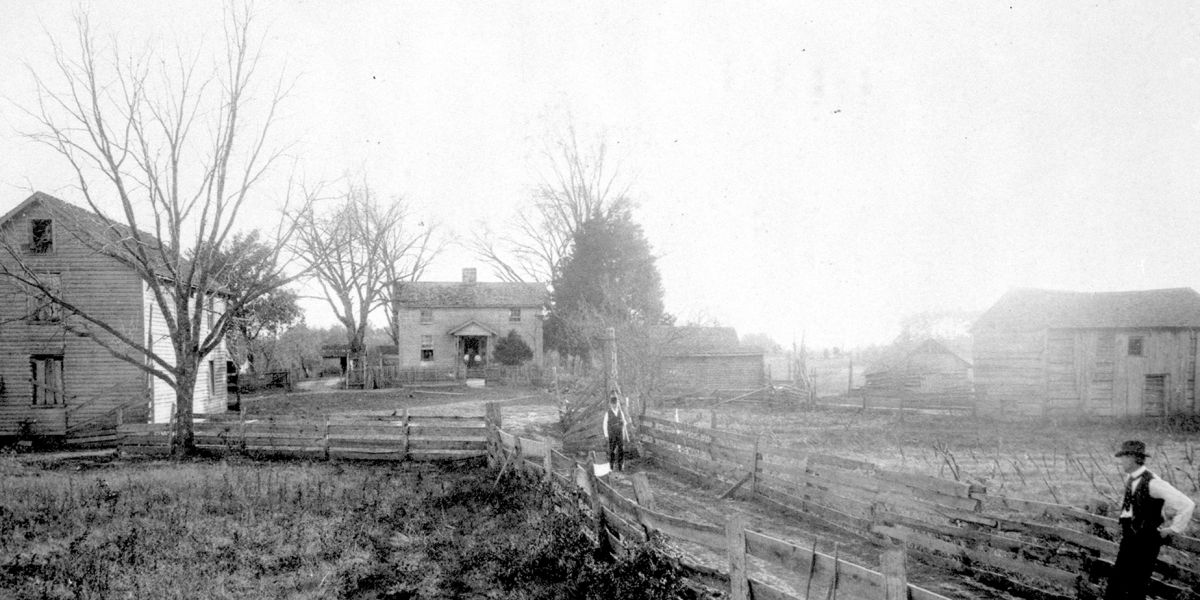
Birth of James B. Duke
James Buchanan “Buck” Duke is born on December 23 to Washington and Artelia Roney Duke on a North Carolina farm. He has a sister, Mary, a brother, Ben, and two half-brothers, Sidney and Brody. The Duke Homestead near Durham, North Carolina, is now preserved as a historic site. The home consists of four rooms with a kitchen addition.
Photo courtesy of North Carolina Collection, Durham County Library.
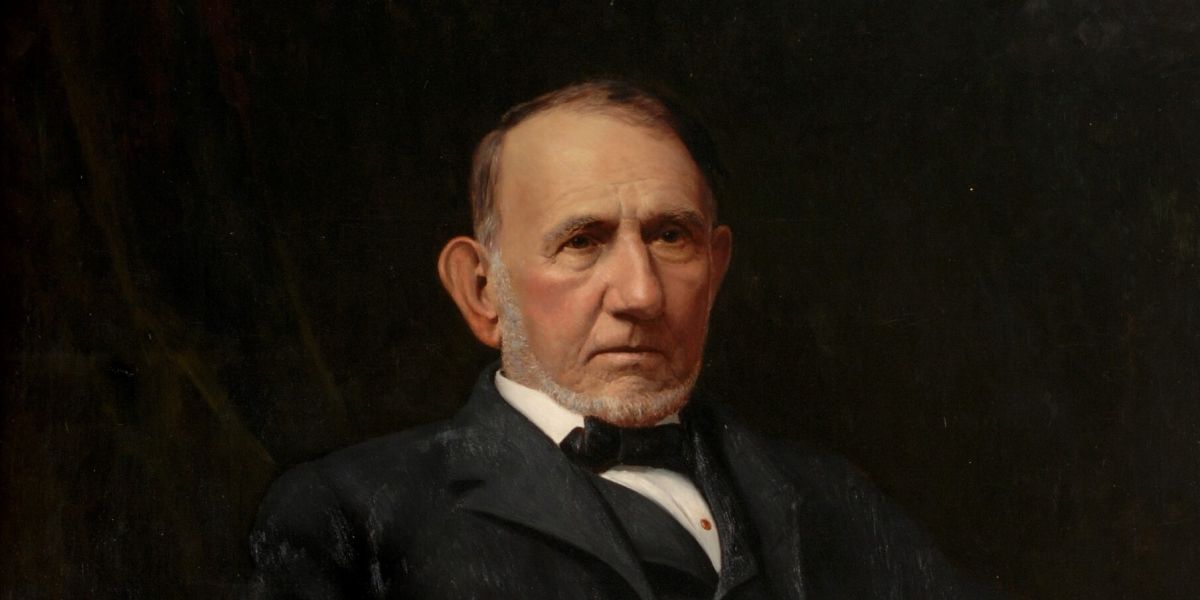
Instilling Good Values
James B. Duke’s father, Washington, instills in his children a sense of responsibility and perseverance. The son of a farmer, Washington was influenced as a boy by Methodist circuit riders who preached near his home and visited his family.
Photo courtesy of Duke University Archives.
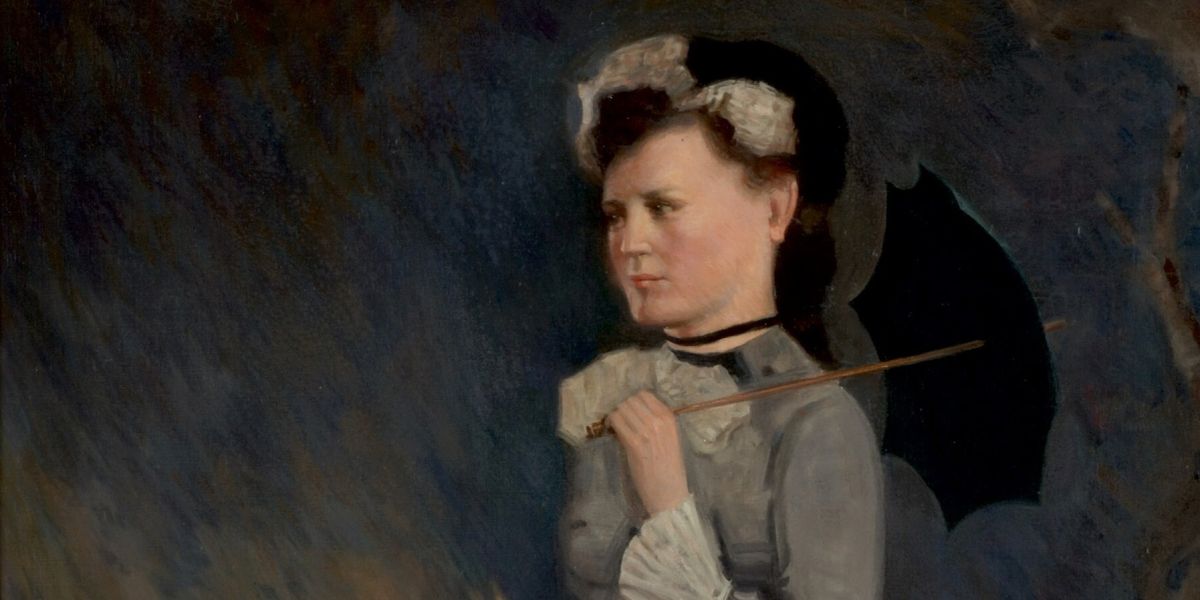
Death of Artelia and Sydney Duke
When James B. Duke is just 2 years old in 1858, his half-brother Sydney and his mother, Artelia, die from typhoid fever. “Telia” Duke is remembered as a beautiful woman, full of kindness and integrity. With no mother to raise him, James is taken in by relatives after his father is conscripted into military service during the Civil War.
Photo courtesy of Duke University Archives.
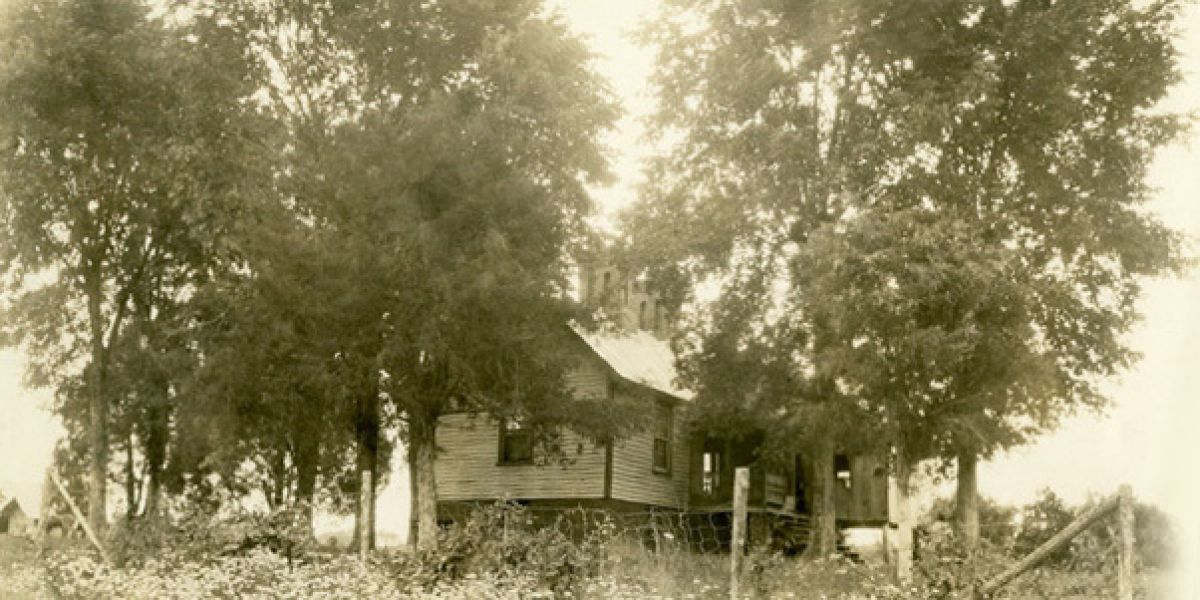
New Home in the Civil War
While his father is fighting in the Civil War (a Unionist conscripted in the Confederate Navy), young James and his siblings go to live with their maternal grandparents in Alamance County, North Carolina.
Photo courtesy of Duke University Archives.
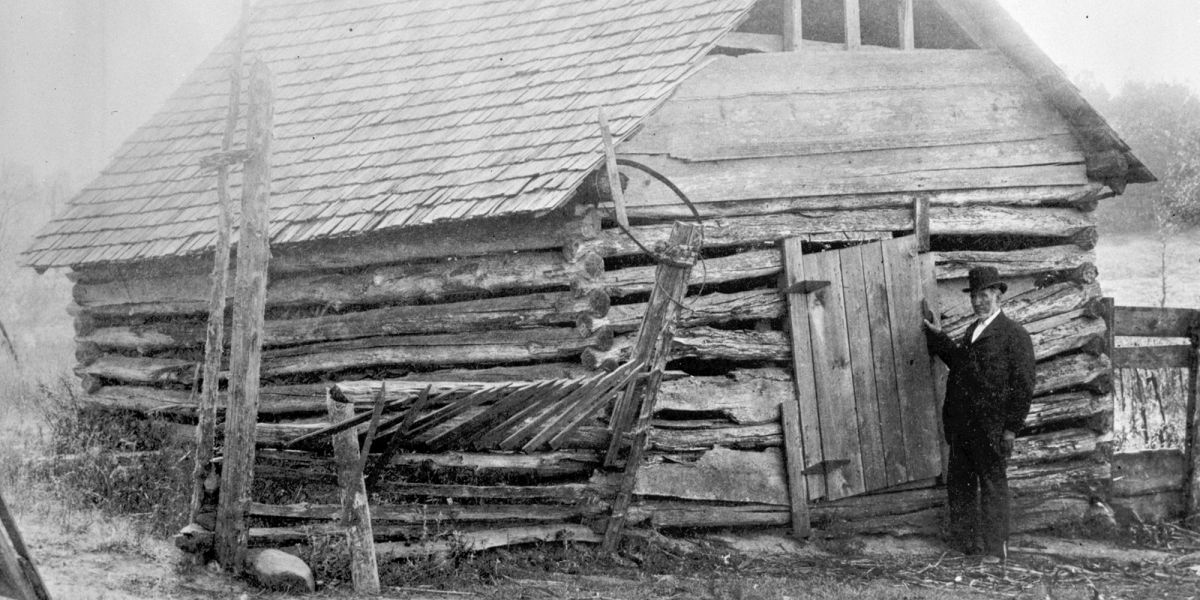
Modest Beginnings of a Family Business
James B. Duke’s father, Washington, returns from the Civil War, walking 130 miles back to his beloved homestead. He possesses only his farm, two blind mules, a storehouse of dried tobacco and 50 cents. Washington and his sons, young James and his older brother, Benjamin Newton Duke, launch a small family business selling tobacco.
Photo courtesy of Duke University Archives.

Growth of a Family Business
The business grows slowly at first, with the Dukes selling small pouches of tobacco from the back of a wagon. Gradually it prospers and the Duke family moves to the growing city of Durham to open an expanded tobacco processing factory.
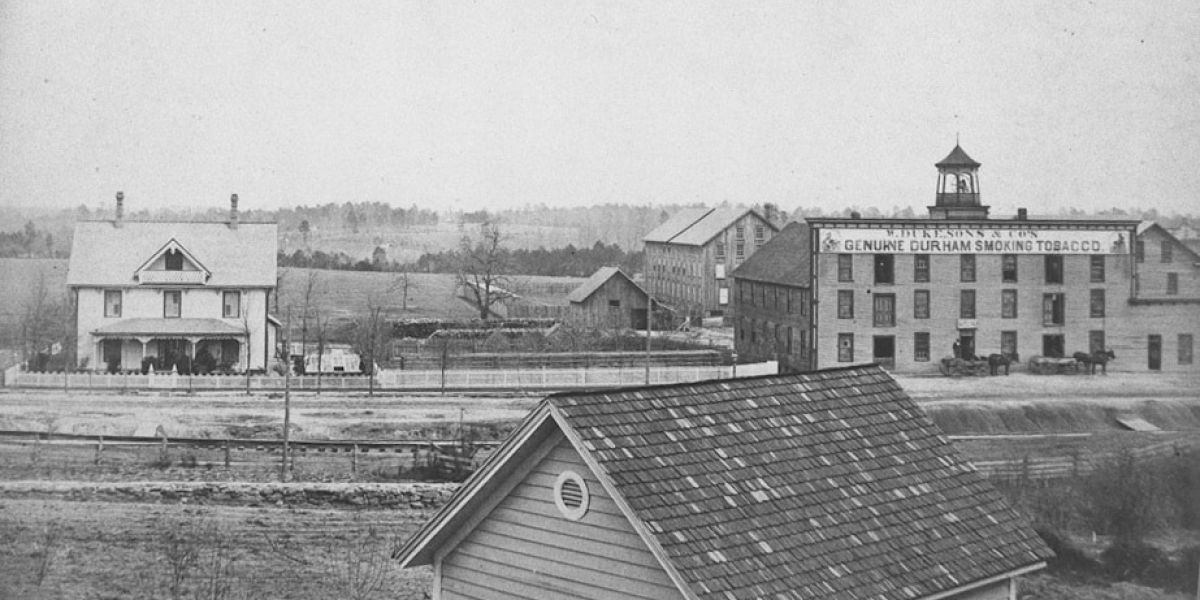
Durham, North Carolina
In the Durham plant, cigarettes were “made by the millions.”
Photo courtesy of North Carolina Collection, Durham County Library

Expansion to New York
After running the Durham factory, James B. Duke expands the business to New York and opens a small tobacco factory near the Bowery.
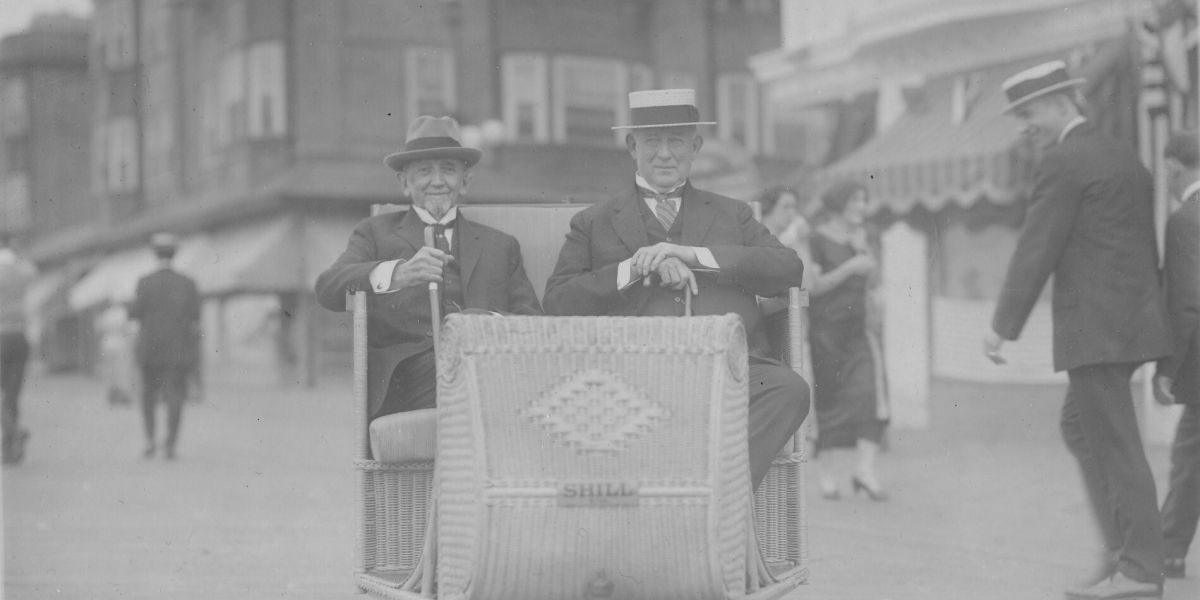
Expanding Business and Philanthropy
James B. Duke and his brother, Ben, work together in business and in philanthropy. Their sister, Mary Duke Lyon, is an early partner in the family endeavors.
Photo courtesy of Duke University Archives.
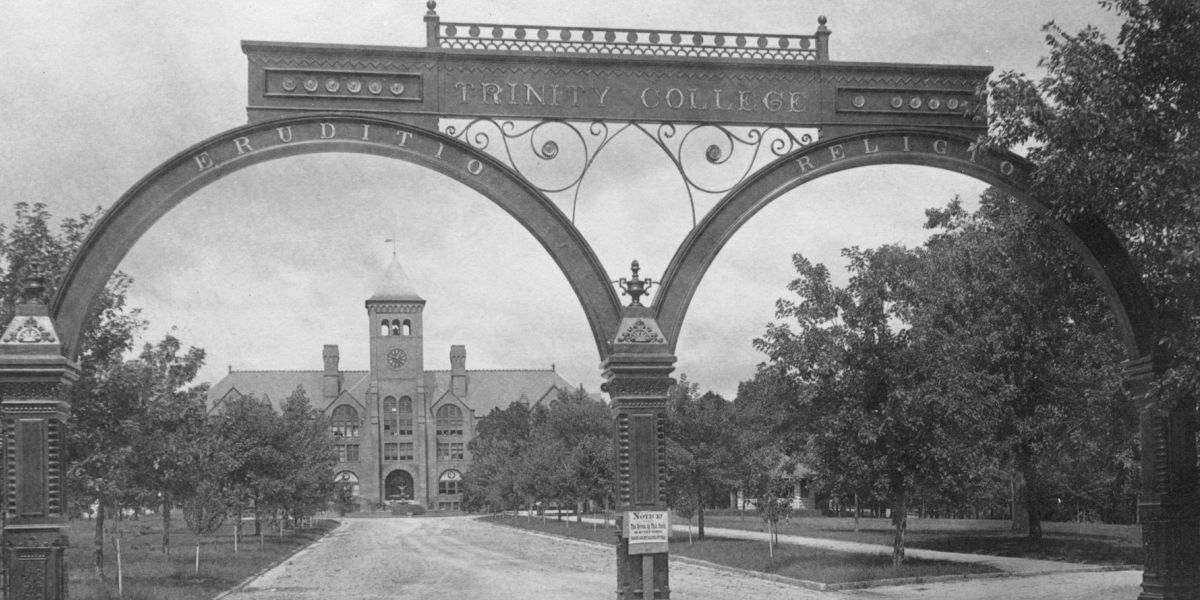
Trinity College Expands
With the family’s influence and support, Trinity College relocates its campus to Durham, North Carolina. Trinity College is later to become Duke University.
Photo courtesy of Duke University Archives.
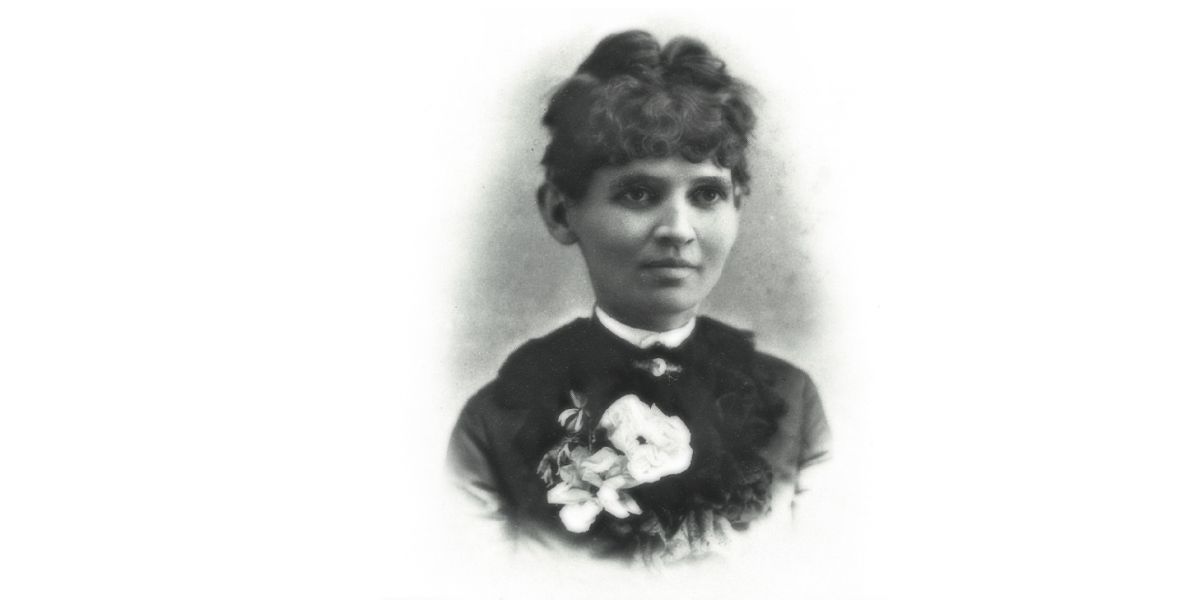
Mary Duke Lyon 1853-1893
James B. Duke’s sister, Mary Duke Lyon, possessed strong business capabilities and contributed to the family business. She died in 1893 at the age of 39.
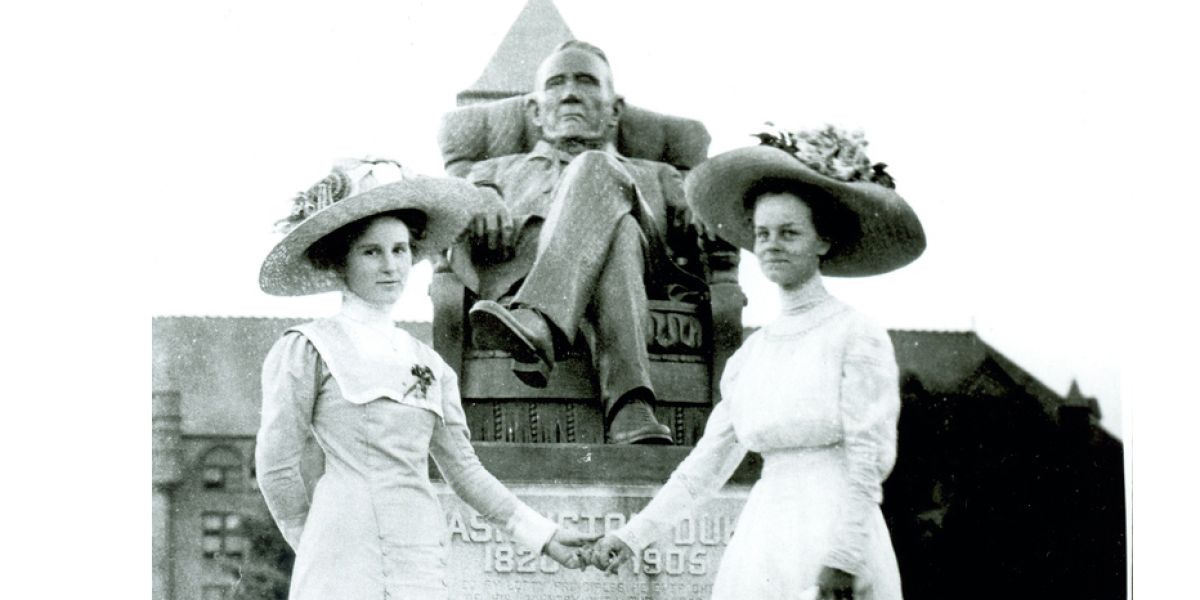
Trinity College is Open to Women
The Dukes establish an endowment for Trinity College with the requirement that women be admitted “on equal footing with men.” At the time, the idea of co-education had not yet taken hold in much of the country.
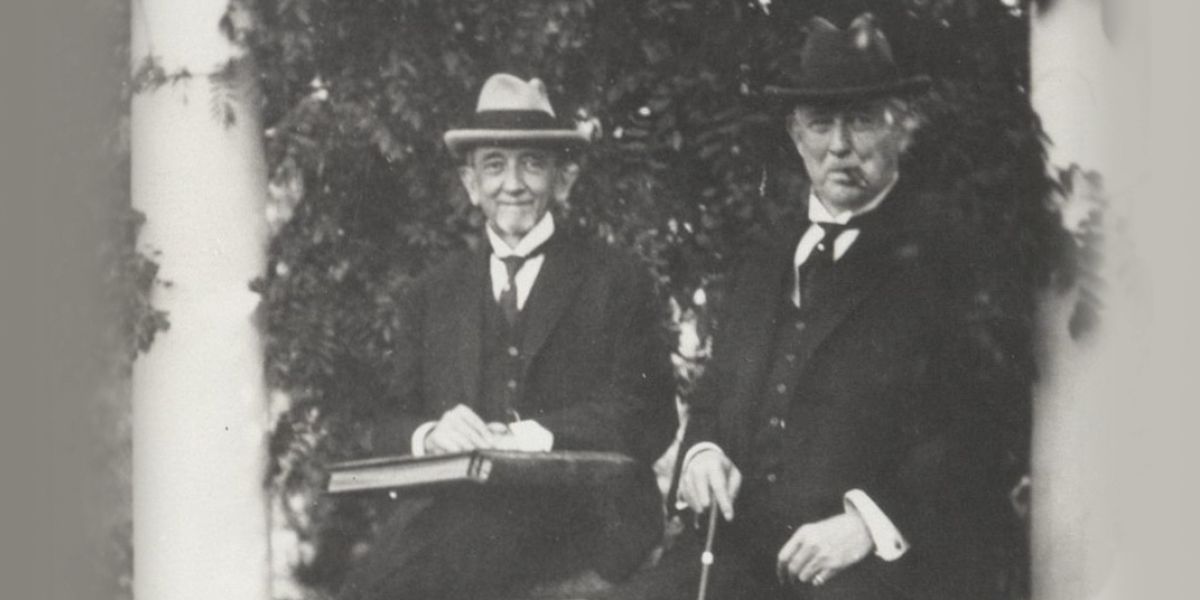
Family of Philanthropy
James B. Duke learns a great deal about philanthropy from his older brother, who guided much of the family’s charitable giving based on patterns established by their father, Washington.
Photo courtesy of Duke University Archives.
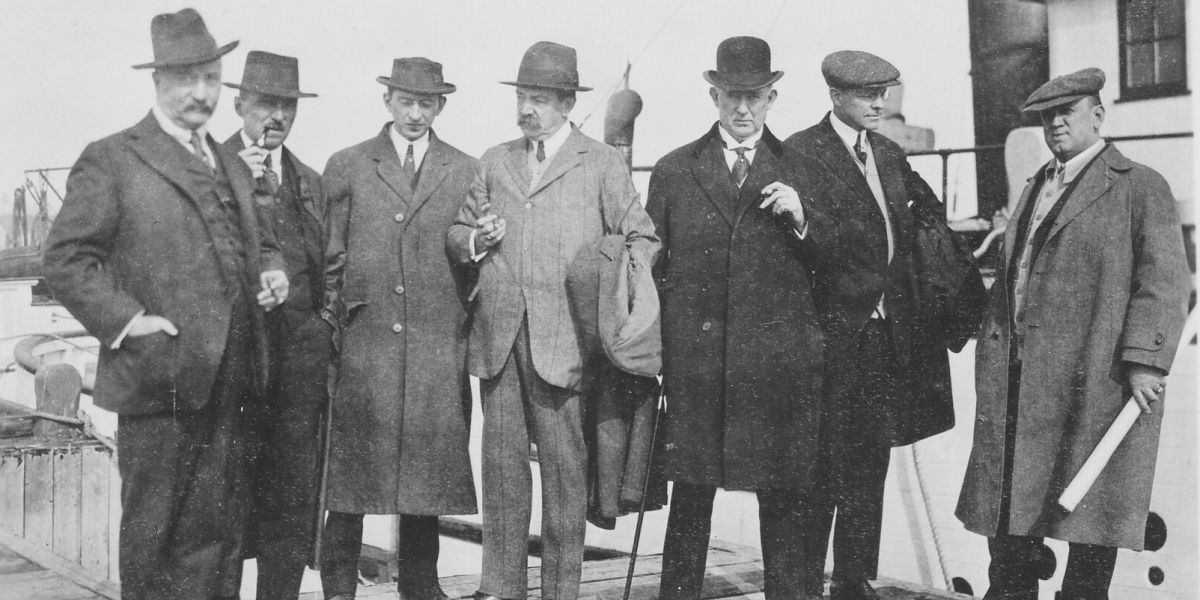
New Business Interest
James B. Duke and Ben Duke become intrigued by the potential of the fledgling hydroelectric power industry. The brothers acquire land and water rights along the Catawba River and build the Great Falls generating plant. In 1904 and 1905, Catawba Power Company and Southern Power Company (known today as Duke Energy) are founded.
Photo courtesy of Duke University Archives.
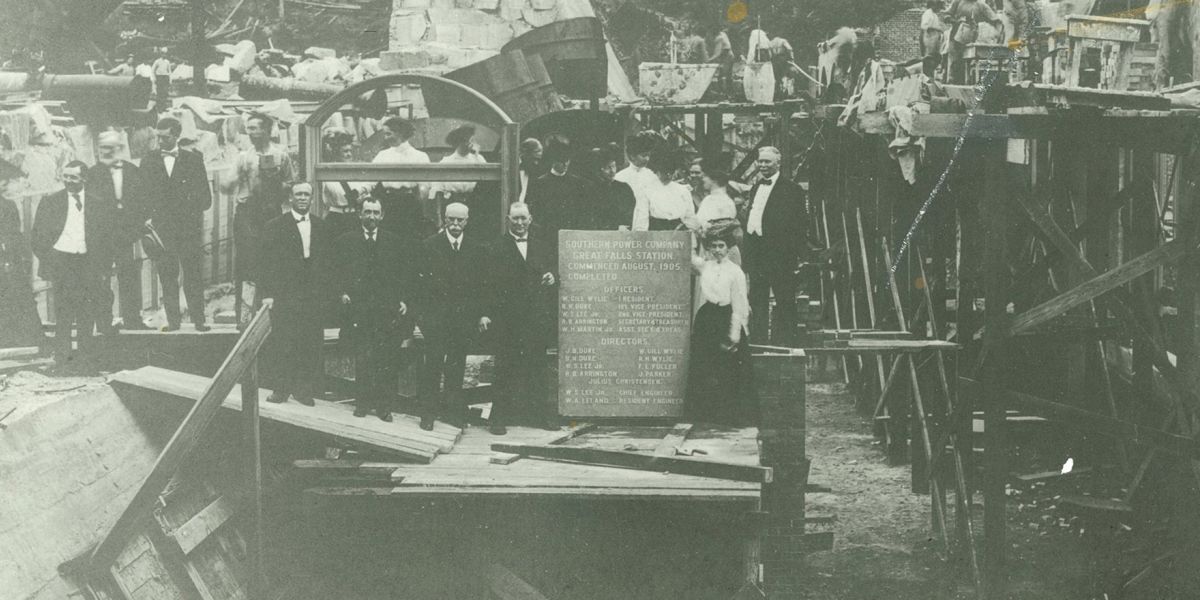
A New Beginning
The inauguration of the Duke Power Company plant at Great Falls, South Carolina, in 1905. Today, Duke Energy delivers electric power to about four million customers in the United States.
Photo courtesy of Duke University Archives.
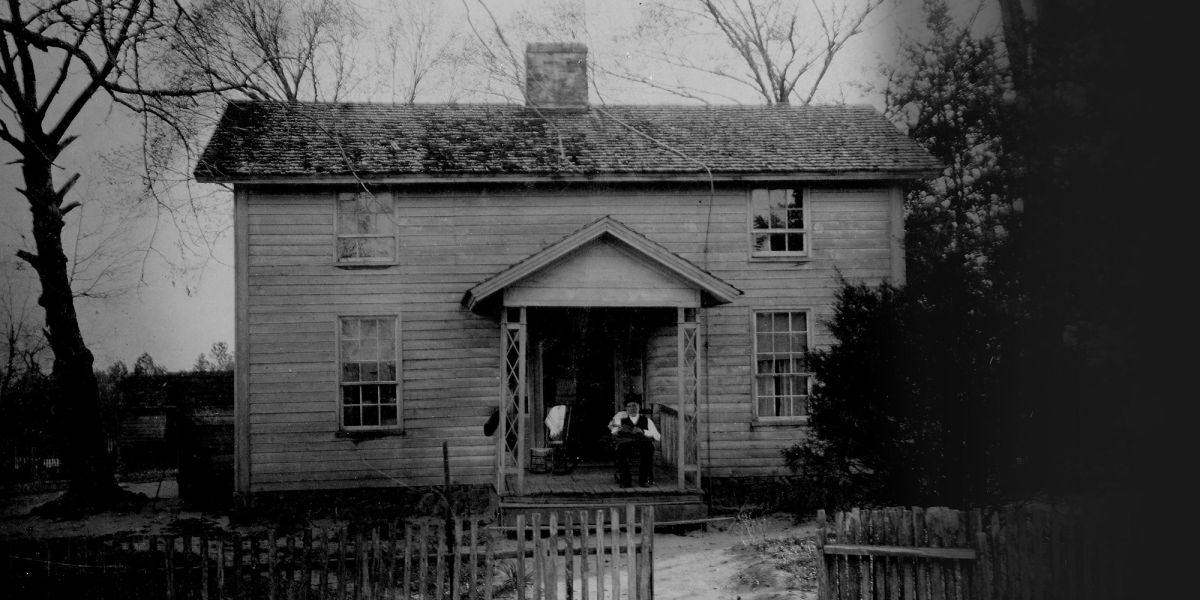
Washington Duke 1820–1905
On May 9, 1905, Washington Duke, the patriarch of the Duke Family, dies. Both James and Ben are in Durham with him at the time of his death. Factories and businesses in the city close in his honor. “His death has cast a gloom over the entire city,” writes one reporter.
Photo courtesy of Duke University Archives.

Mr. Duke Marries His Second Wife
In 1907, in a summer ceremony, James B. Duke marries Nanaline Holt Inman, a widow from Georgia.
Photo courtesy of Duke University Archives.

Building Hydroelectric Power
A view of the Mountain Island Power Plant near Charlotte. Duke Power Company builds the dam at Mountain Island to power electricity through the station, which is still operating today. The Dukes also invest in banking, textiles and railways.
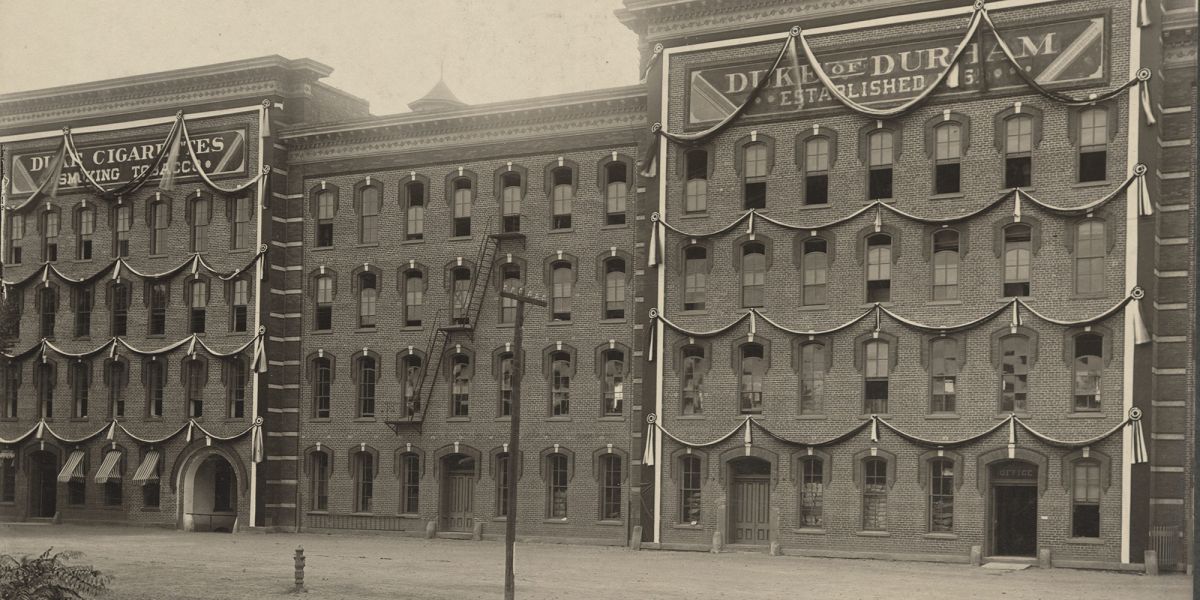
Changing Interests
In 1911, the American Tobacco Company is broken into several companies through anti-trust action and the Duke brothers shift their interests to the electric power industry.
Photo courtesy of Duke University Archives.
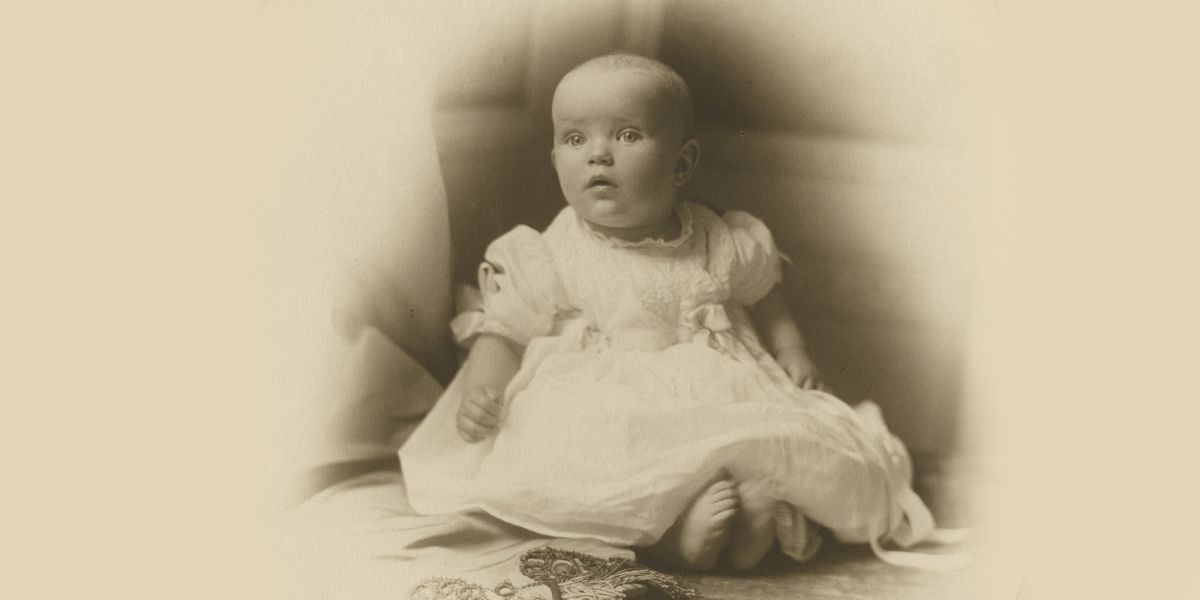
Doris Duke is Born
In 1912, Doris Duke is born, the only child of James B. Duke and Nanaline Duke. A new father at 55, Mr. Duke dotes on his blond-haired daughter. “You certainly are the dearest little girl that any daddy ever had,” he writes to her in the summer of 1923.
Photo courtesy of Duke University Archives.
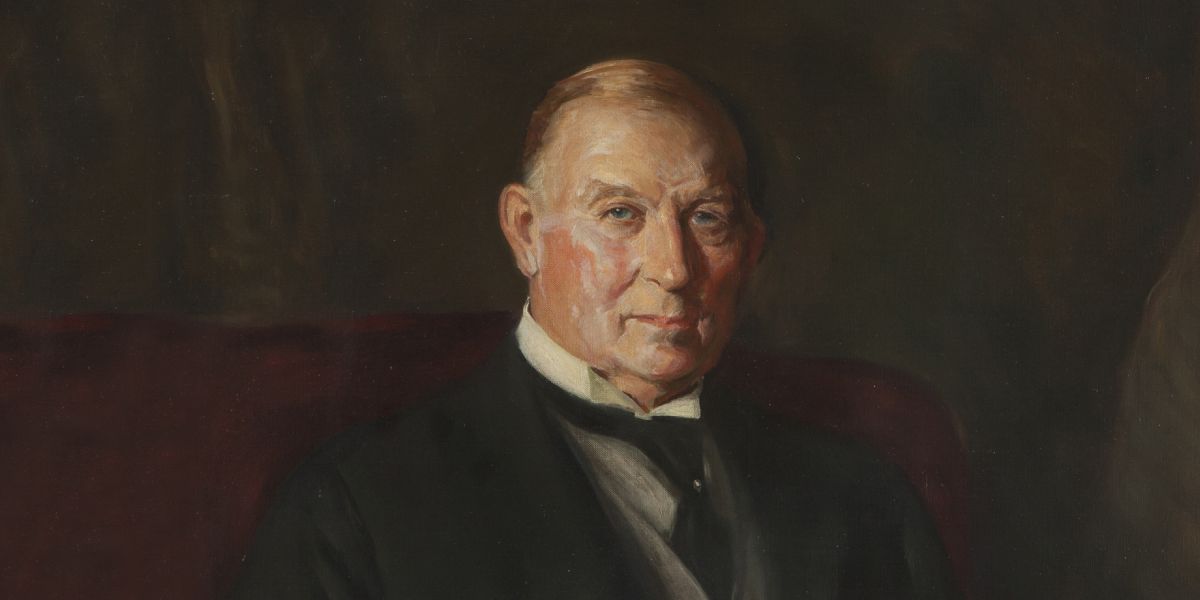
James B. Duke Establishes The Duke Endowment
On December 11, 1924, James B. Duke signs an Indenture of Trust, establishing The Duke Endowment with an initial gift of $40 million. His philanthropy builds on the giving begun by his father, Washington, and carried on by his older brother, Ben. Mr. Duke is Chair of The Duke Endowment’s Board of Trustees from 1924 to 1925.
Photo courtesy of Duke University Archives.

Indenture of Trust
The original Indenture of Trust, bronzed in 1925.
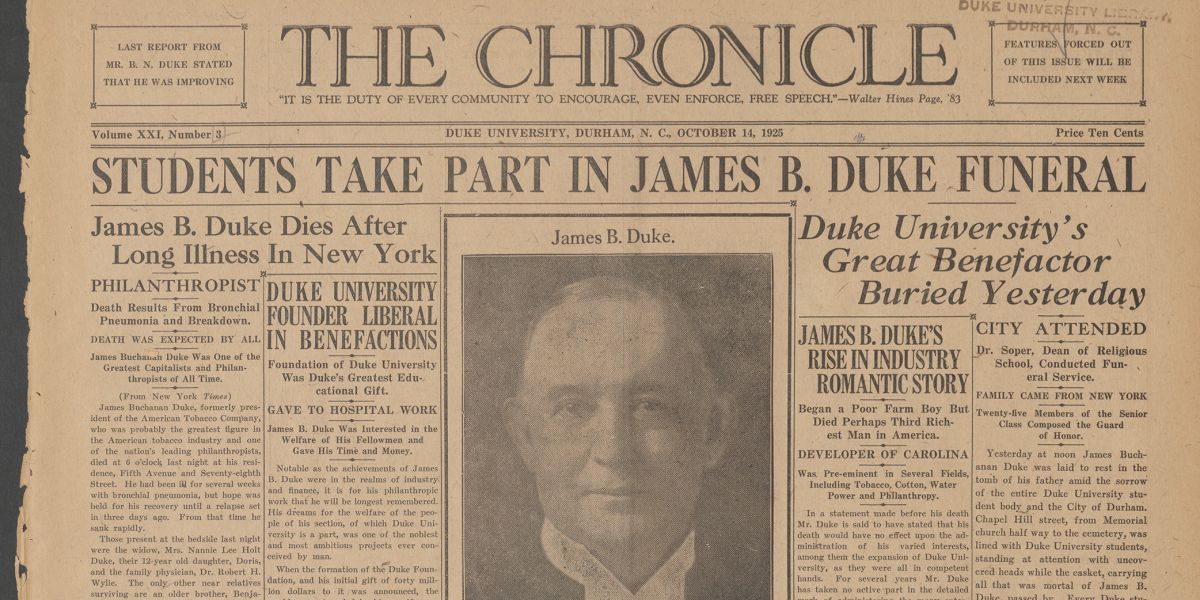
James Buchanan Duke 1856–1925
James B. Duke dies unexpectedly on October 10, 1925, after suffering from pernicious anemia, a disease for which there was no known cure at the time. He would have been 69 years old on December 23. In his will, he leaves the Endowment an additional $67 million.
Photo courtesy of Duke University Archives.
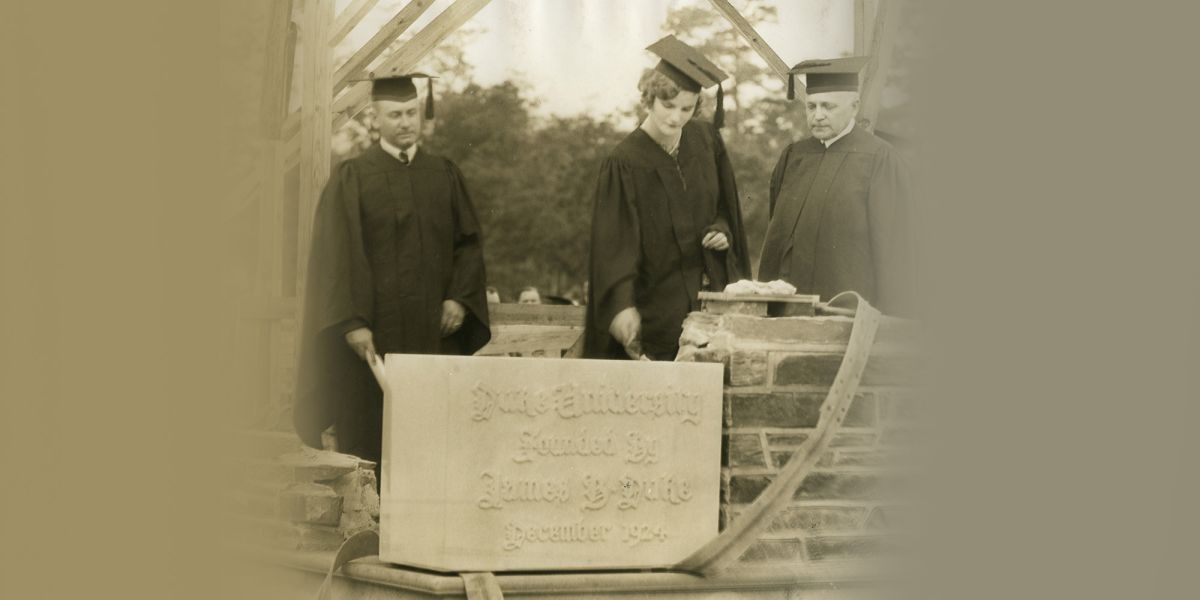
Cornerstone Set by Doris Duke
The Duke University West Campus cornerstone is set by Doris Duke, only child of James B. Duke. The stone was moved across the quad to the General Library tower shortly after, as it had been cut too large for the West Campus Union space.
Photo courtesy of Duke University Archives.
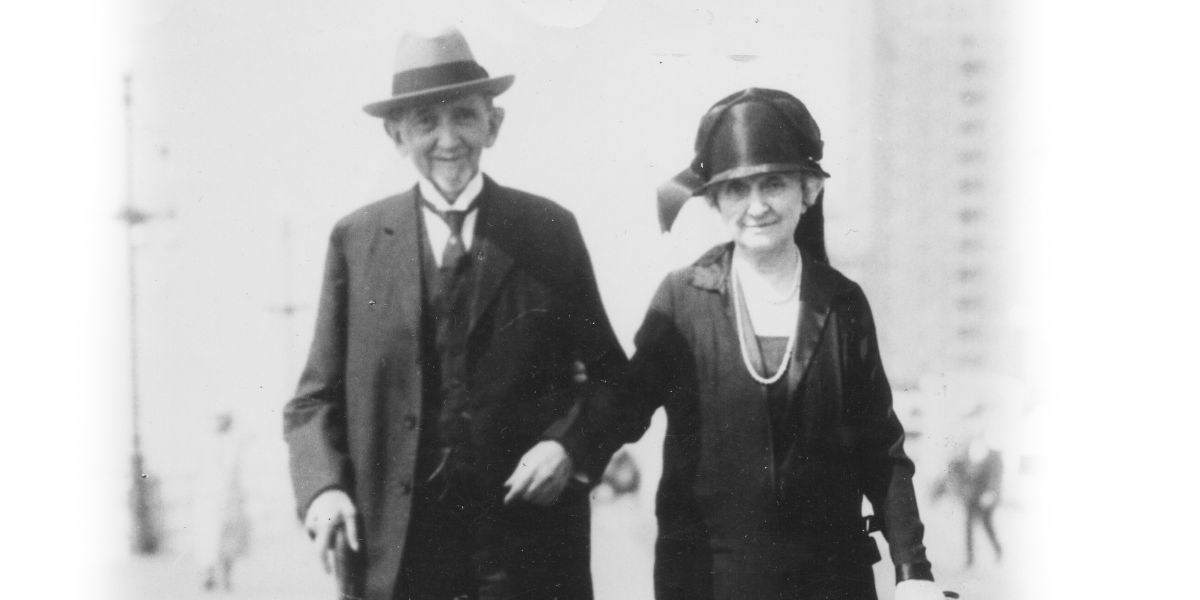
Benjamin Newton Duke 1855–1929
After his death on January 8, 1929, Benjamin Newton Duke leaves behind a lasting legacy of philanthropic giving. The Durham Sun writes that he died “at the conclusion of a life of noble accomplishment.” After the completion of Duke University’s Chapel in 1932, he is interred in its Memorial Chapel along with his father and brother, Washington Duke and James B. Duke.
Photo courtesy of Duke University Archives.
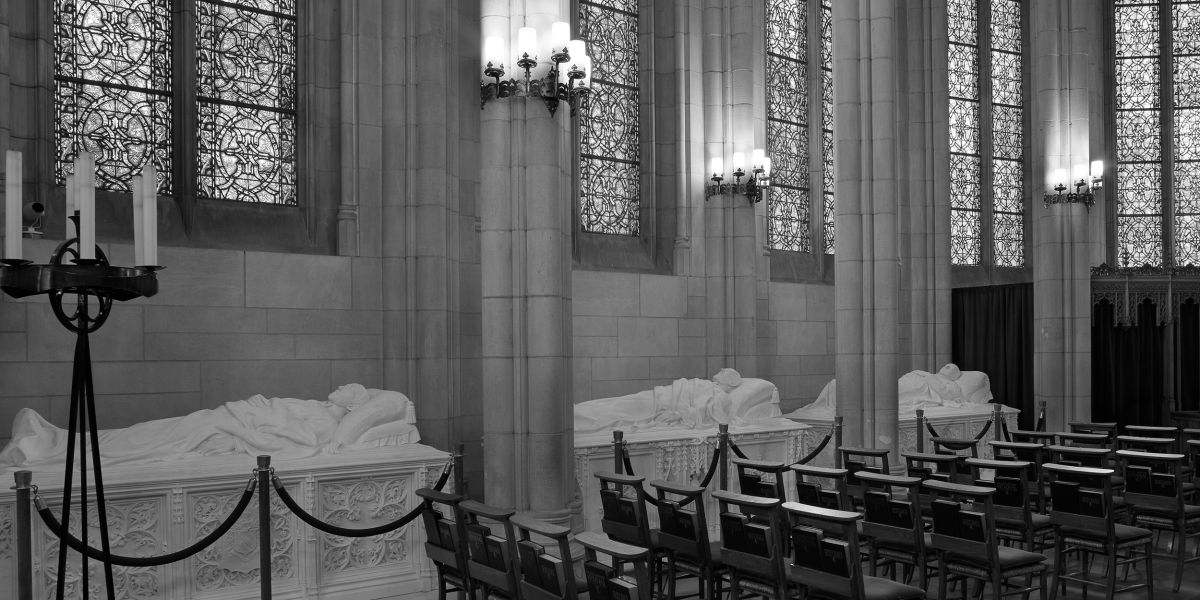
Duke Resting Place
James B. Duke dies in 1925 and is buried beside his father in the family mausoleum in Maplewood Cemetery in Durham. After Duke University Chapel was completed in the early 1930s, his remains, along with his father and brother, are moved to three sarcophagi in the church’s Memorial Chapel.
Photo courtesy of Duke University Archives.
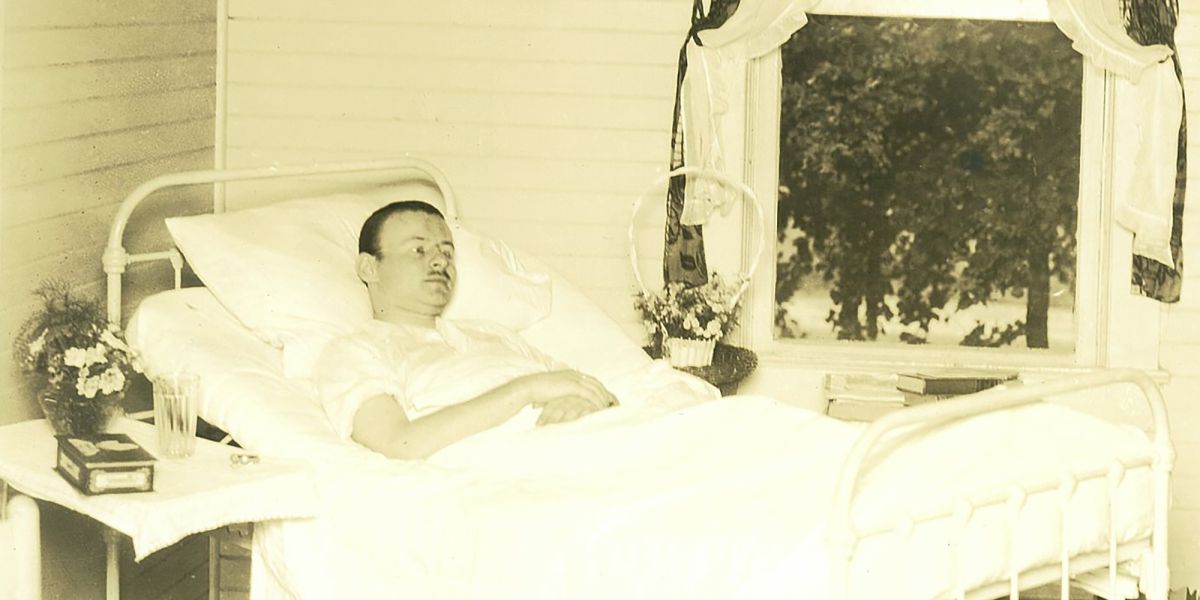
Building Community Hospitals
During the Great Depression, The Duke Endowment funds the construction of dozens of community hospitals in North Carolina, establishing a national model for rural health care.
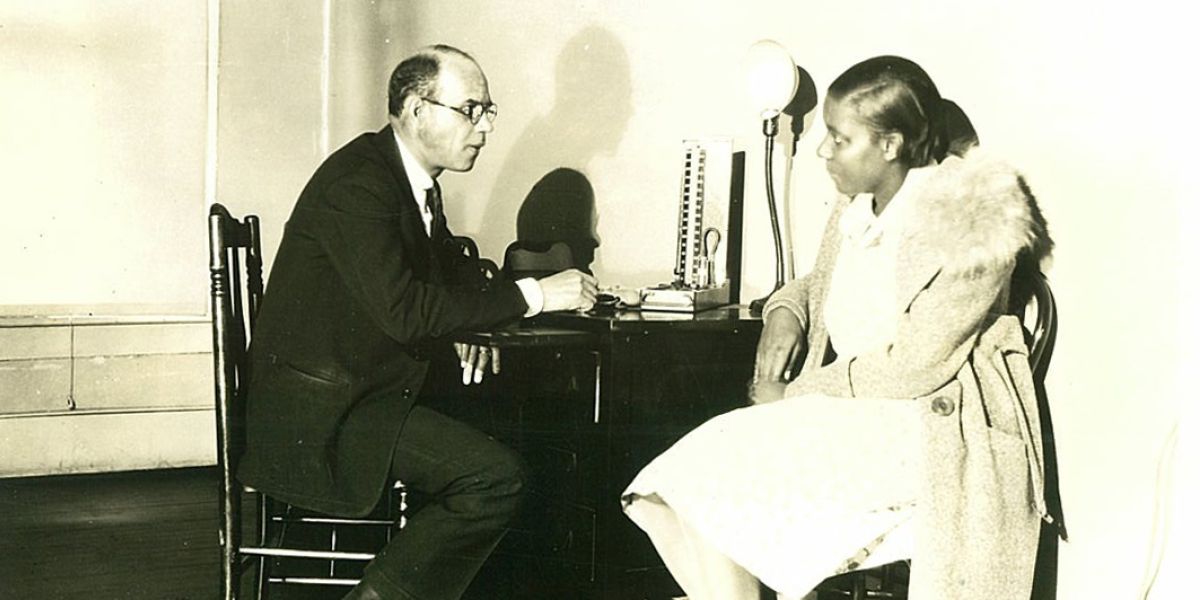
Increasing Access
Through his philanthropy, James B. Duke seeks to educate physicians, improve the quality of care, and increase access to health care in the Carolinas.
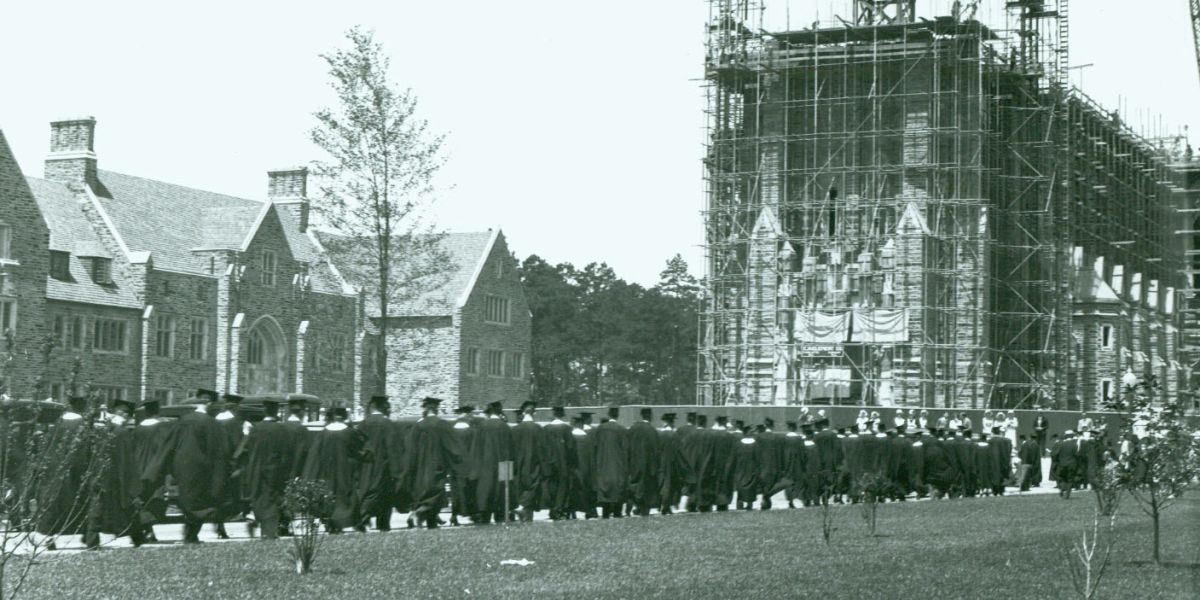
Duke University School of Religion
James B. Duke says he owes his success to his “daddy and the Methodist Church.” “My old daddy always said that if he amounted to anything in life it was due to the Methodist circuit riders who frequently visited his home and whose preaching and counsel brought out the best that was in him,” Mr. Duke says.
Class of 1931-32. Photo courtesy of Duke University Archives.

The Duke Endowment Celebrates Nine Years
The Duke Endowment celebrates nine years since James B. Duke signed his Indenture of Trust and established The Duke Endowment with an initial gift of $40 million.
Photo courtesy of Duke University Archives.
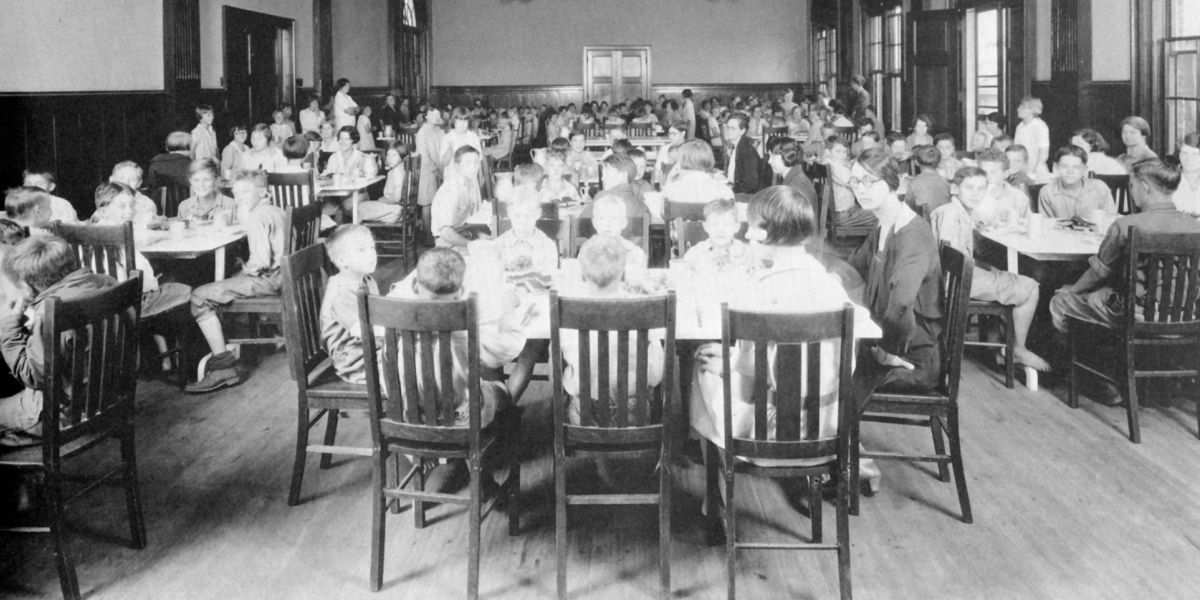
Working on Behalf of Children
The Endowment begins to focus its child care efforts on placing “difficult-to-adopt” children. James B. Duke’s compassion for vulnerable children was shaped by his childhood, when his aunts and extended relatives cared for him after his mother died and his father was conscripted into military service.
Photo: Orphans at the Children’s Home in Winston-Salem eat in the Central Dining Room in the 1920s.
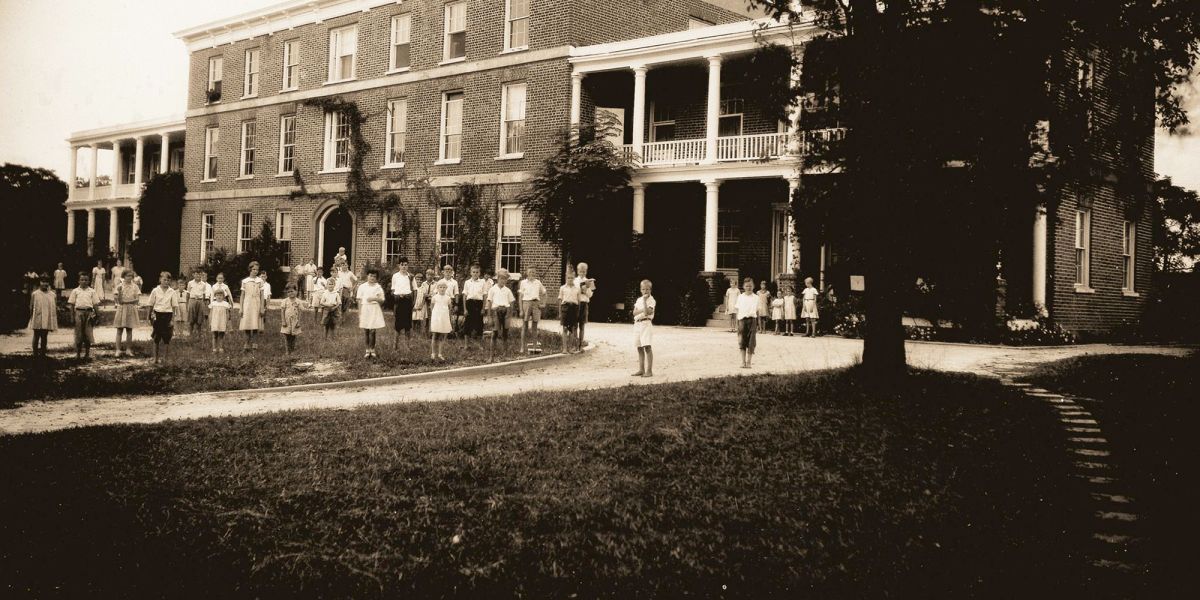
Surpassing $50 Million in Grants Distributed
In 1943, the Endowment’s total giving passes the $50 million mark.
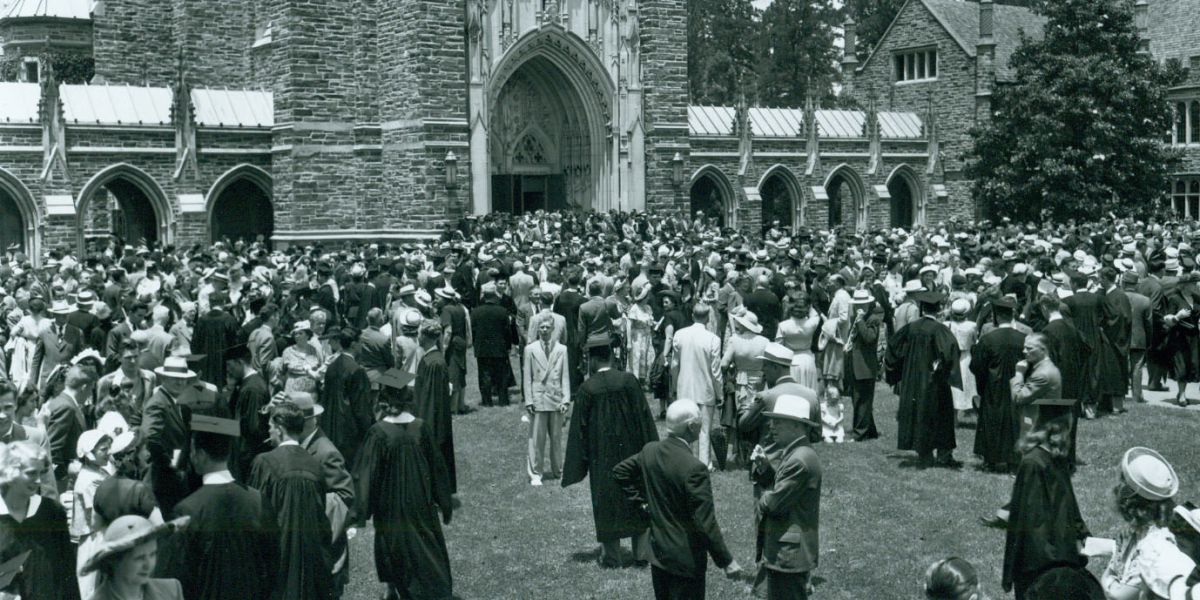
Securing Opportunities for Higher Education
To celebrate James B. Duke’s centennial, the Endowment creates the James B. Duke Scholarship Fund for students at Duke University. Through the 1950s and 1960s, the Endowment provides critical funds to secure the future of Johnson C. Smith University, saving it from the closures that affected hundreds of other historically black colleges. The Endowment’s work in higher education stems from Mr. Duke’s belief that educating principled people in medicine, law, education and other fields would generate individual contributions that would, in turn, benefit society. Mr. Duke designated contributions that helped build Duke University and provided major support to Davidson College, Furman University and Johnson C. Smith University.
Photo courtesy of Duke University Archives.
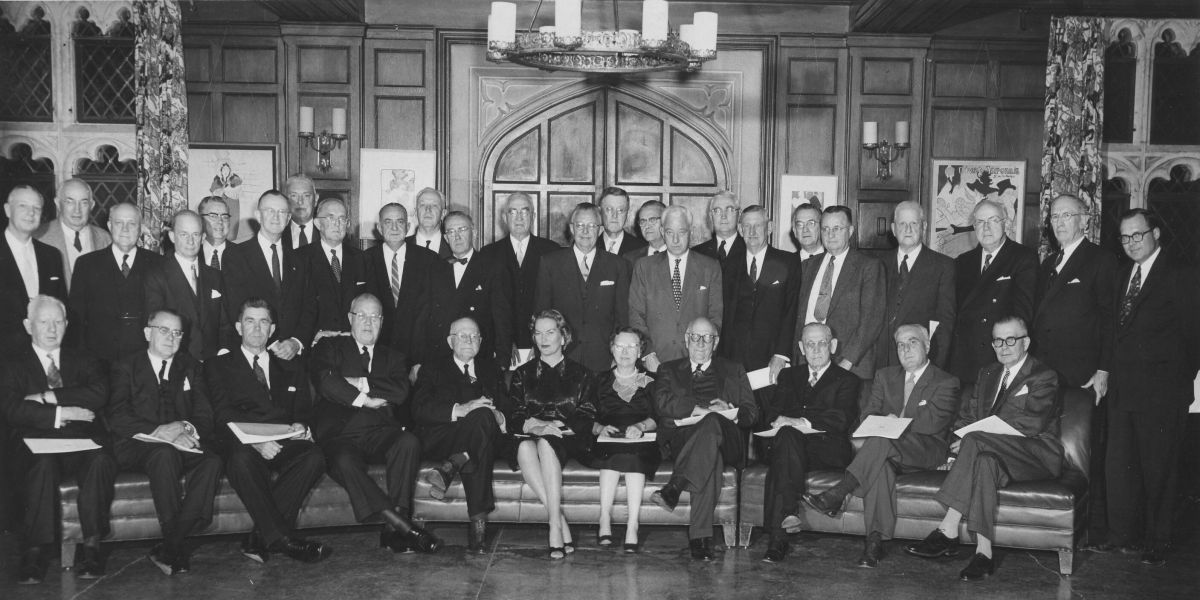
Centennial Celebration
Doris Duke with other Endowment Trustees in Durham in 1956 to celebrate the centennial of James B. Duke’s birth.
Photo courtesy of Duke University Archives.
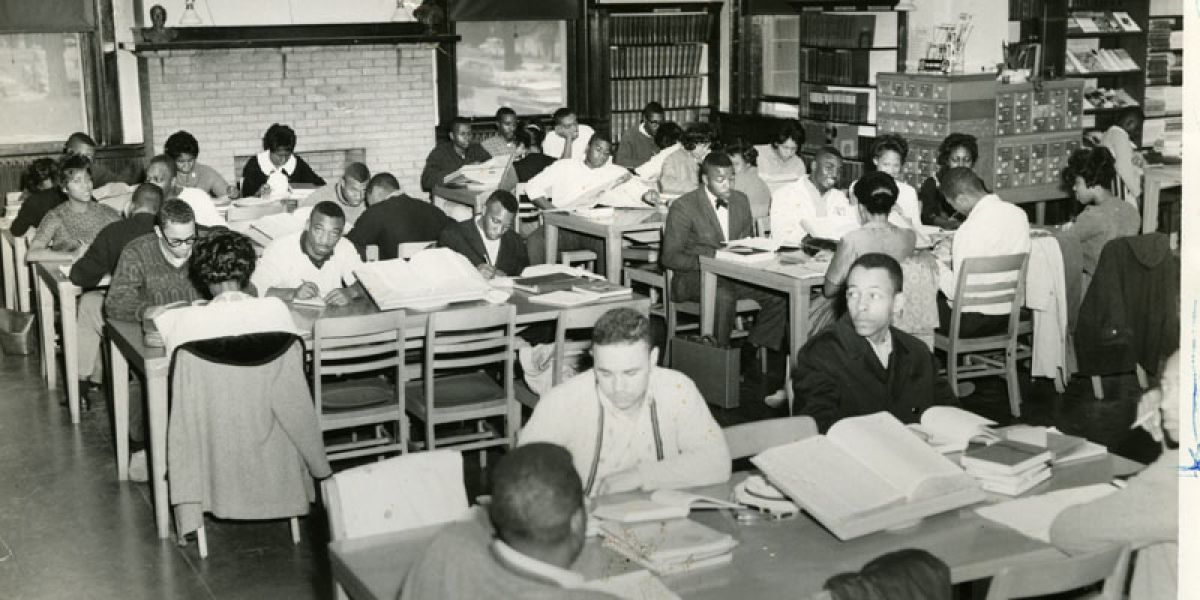
Investing in Higher Education
The Endowment’s work in higher education stems from James B. Duke’s belief that educating principled people in medicine, law and other fields will benefit society. His philanthropy helps build Duke University and provides major support to Davidson College, Furman University and Johnson C. Smith University, an historically Black institution in Charlotte, North Carolina.
Photo courtesy of Johnson C. Smith.
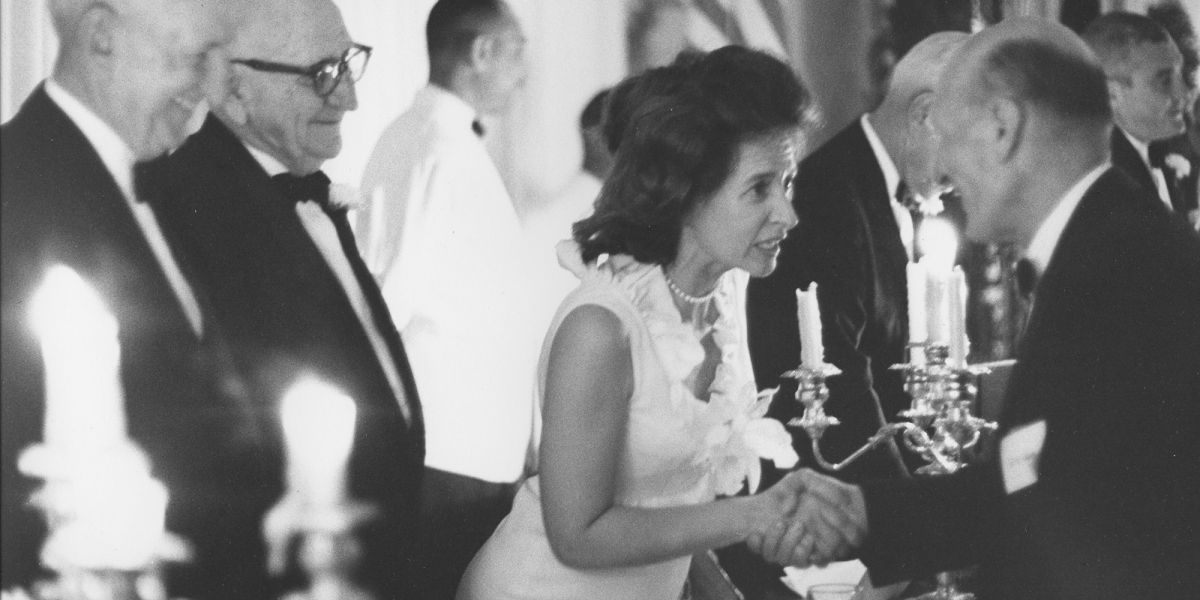
The Duke Endowment Celebrates 40 Years
The Duke Endowment celebrates 40 years since James B. Duke signed the Indenture of Trust, establishing his foundation with an initial gift of $40 million.
Photo courtesy of Duke University Archives.
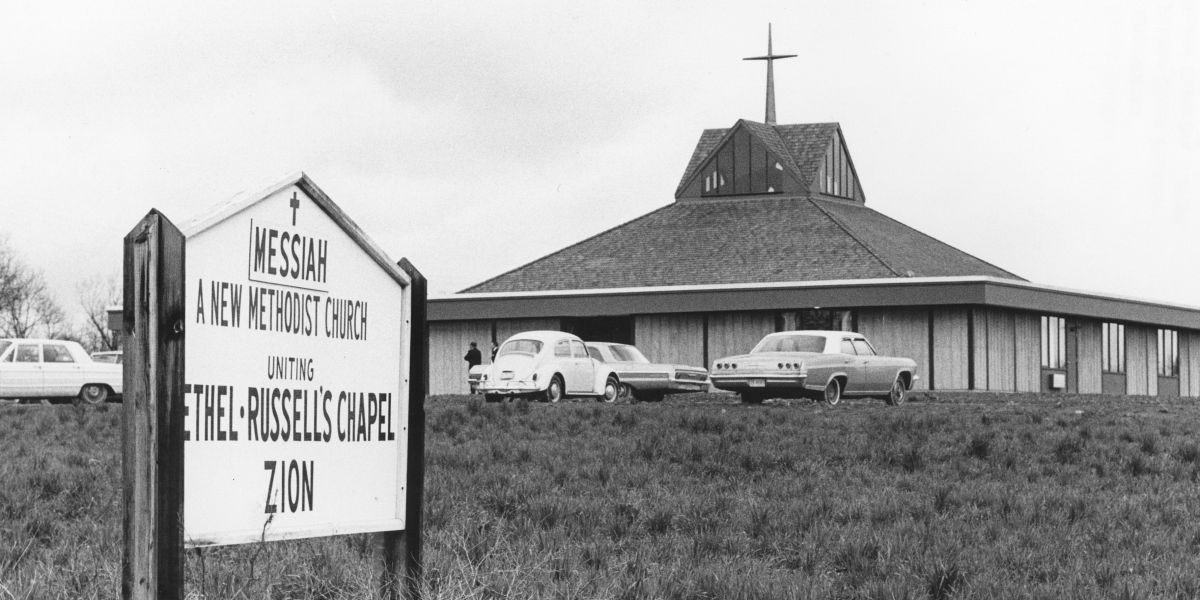
Funding Rural Church Ministries
Since its inception, the Endowment has helped construct and renovate church buildings, train clergy and support retired ministers. In 1966, the first special grants for rural churches begin to fund specific ministries and help churches expand services to the congregation and community.
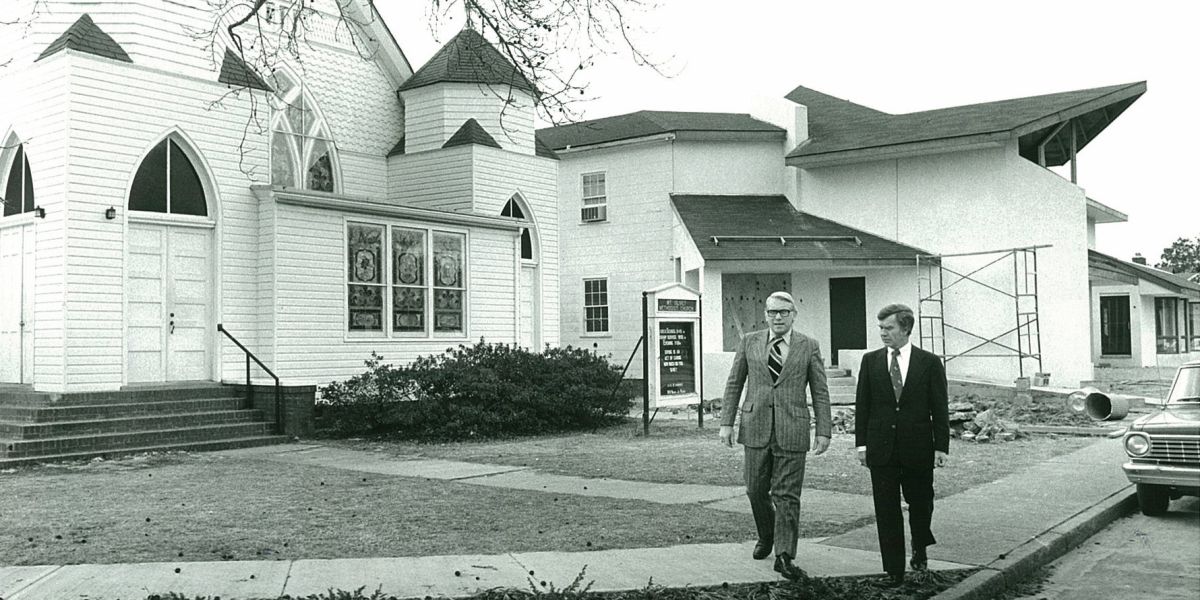
Church Expansion
A rural church in Manteo, North Carolina expands with support from The Duke Endowment.
Photo courtesy of Duke University Archives
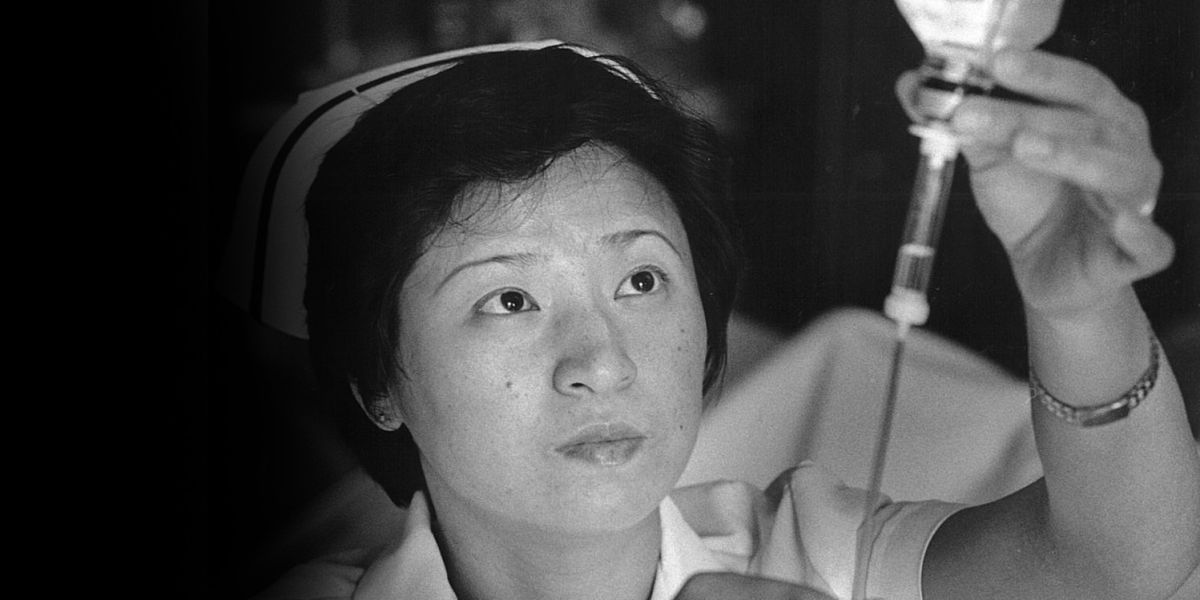
Partnering to Help Fund Health Care Programs
In the 1970s, the Endowment partners with other foundations to fund a health care program called Access to Health Care, helping to expand services and address the problems that prevent people in rural or underdeveloped areas from receiving care.
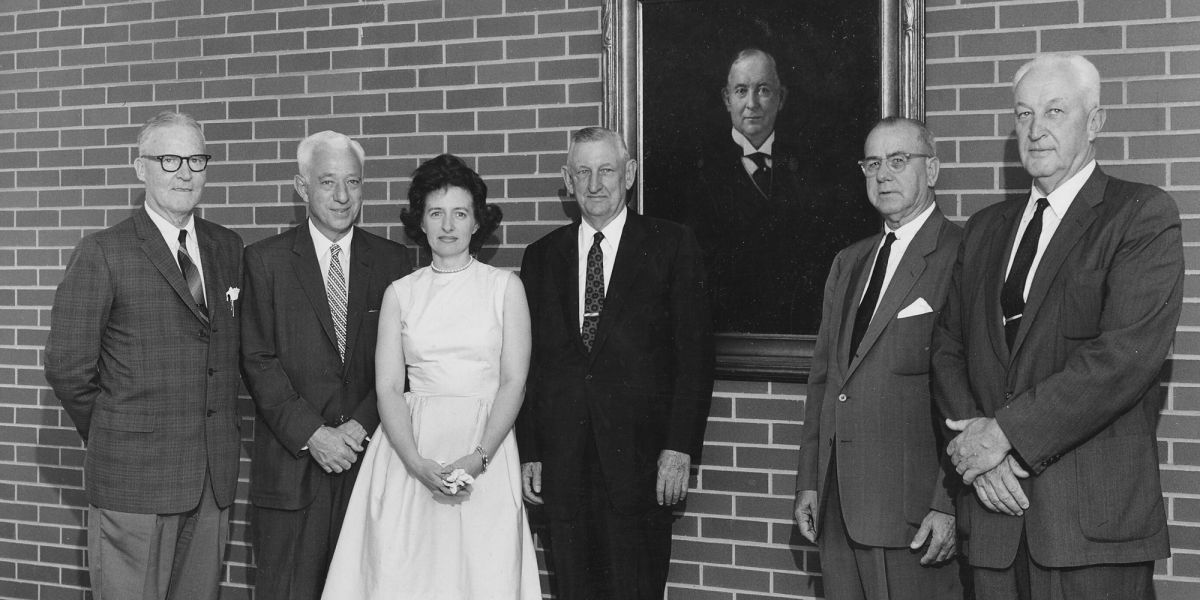
Expanding Investments, Improving Sustainability
North Carolina courts grant Endowment Trustees relief from provisions in the Indenture of Trust that strictly limit the Endowment’s investments beyond Duke Power stock to certain types of government bonds. Throughout the 1970s, Trustees work to amend these investment provisions to ensure the Endowment’s long-term sustainability.
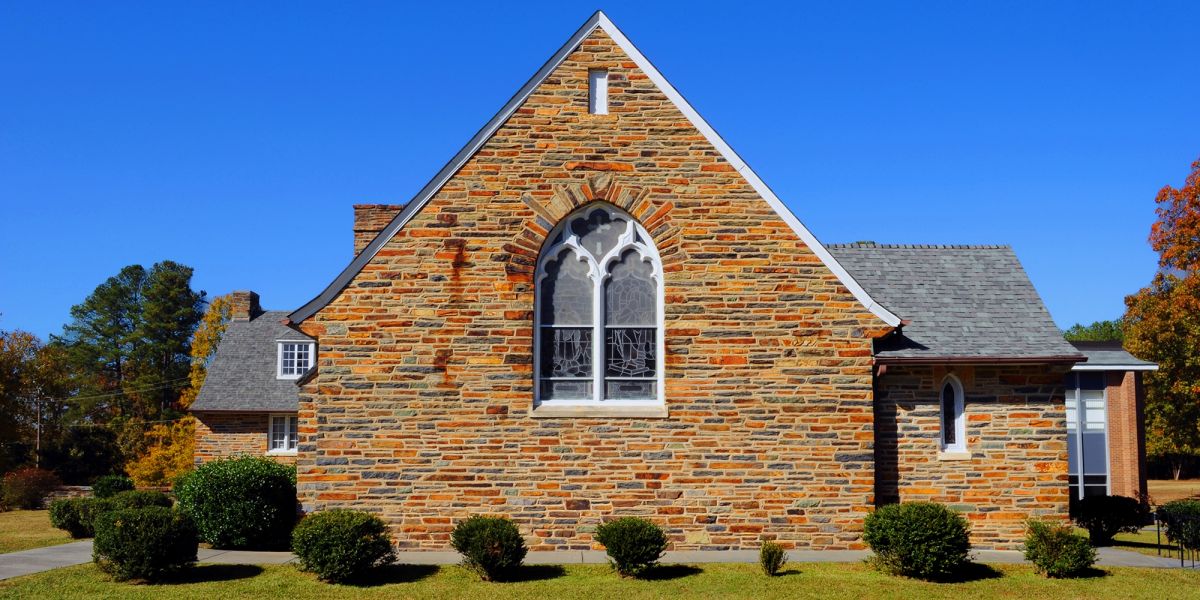
Changing How Superannuated Grants are Dispersed
Grants for superannuated (retired) pastors are no longer dispersed through Duke University, but rather the annual conferences of the United Methodist Church.

$500M Funding Milestone
The Endowment surpasses $500 million in total grants distributed since its inception.
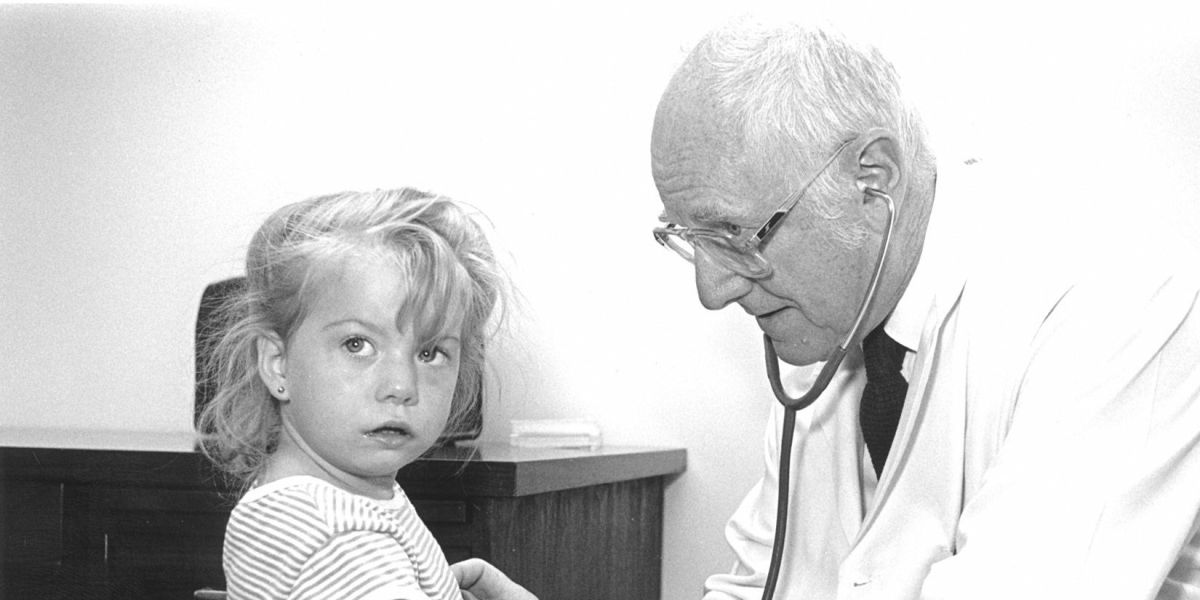
Continued Grantmaking Supports Communities
The Endowment supports a hospital-based community health project, a significant step in moving acute-care hospitals into prevention and wellness. By the end of the decade, rural church grantmaking surpasses $20 million.

Tightening Eligibility Requirements
The Endowment requires state licensure as a prerequisite for potential child welfare grantees seeking support.
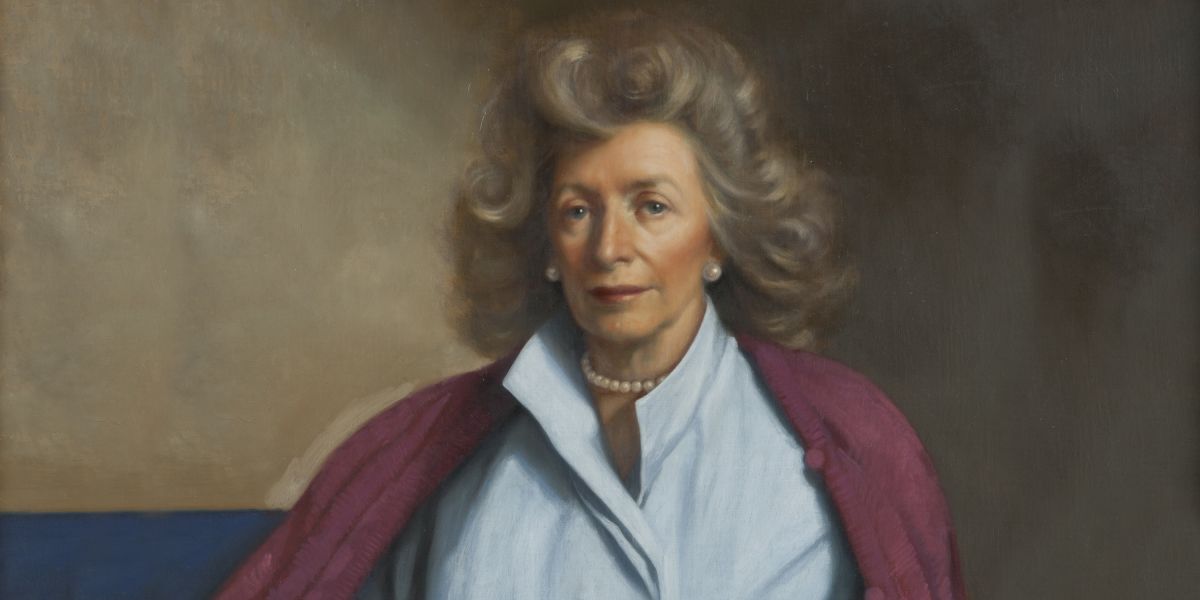
Mary Duke Biddle Trent Semans Chair of the Board of Trustees
Granddaughter of Ben Duke, Mary D.B.T. Semans continued the family’s charitable legacy by serving as an Endowment Trustee for 55 years and the first female Chair. She served as a Trustee for numerous institutions, including Duke University and the Mary Duke Biddle Foundation. Mrs. Semans received the Duke University Medal for Distinguished Meritorious Service; the National Brotherhood Award from the National Conference of Christians and Jews; and the John Tyler Caldwell Award for the Humanities. She was a 2009 inductee in the North Carolina Women’s Hall of Fame. Mrs. Semans was Chair of The Duke Endowment’s Board from 1982 to 2001 and Chair Emerita 2002 until her death in 2012.
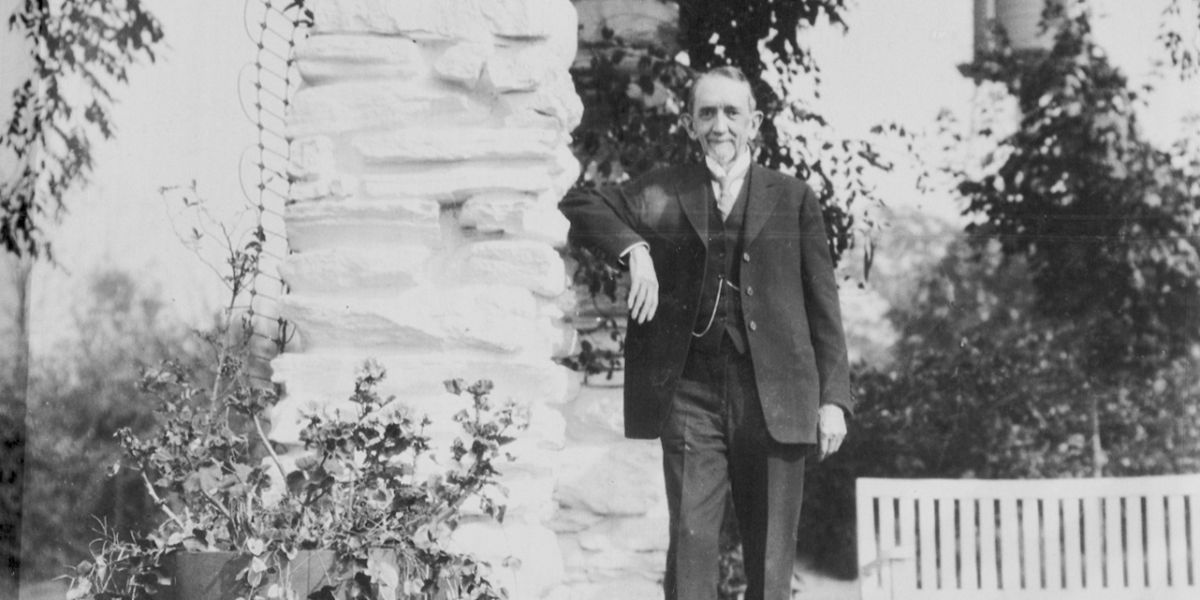
Supporting Higher Education - Benjamin N. Duke Scholarship
In 1985, the Benjamin N. Duke Scholarship at Duke University is created. Based on academic achievement, leadership and community service, it is awarded to outstanding seniors from North Carolina and South Carolina.
Photo courtesy of Duke University Archives.

Promoting Family-Centered Solutions
The Duke Endowment invests in pioneering work to enhance family-centered practices in children’s homes. It awards the first grants for child welfare and early intervention for children at risk of losing their families.
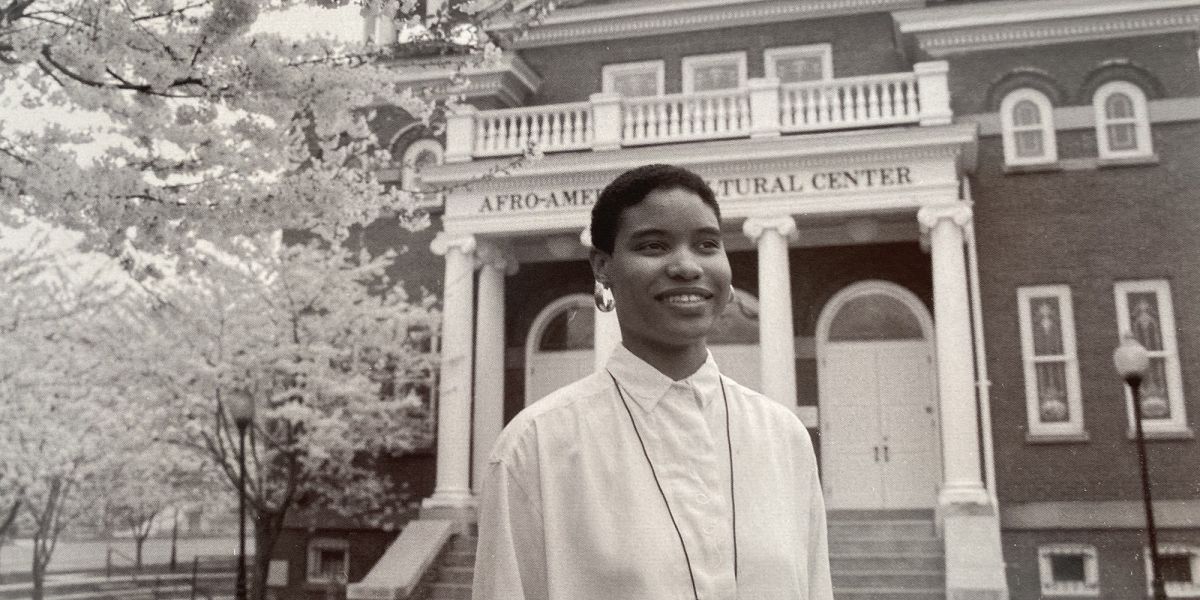
Exceeding $1 Billion in Grants Distributed
In 1992, the Endowment surpasses $1 billion in grants distributed since its inception.

Doris Duke 1912–1993
On October 28, 1993, Doris Duke dies at age 80. Many of her philanthropic interests reflect the influence of her father. She left the majority of her estate to the Doris Duke Charitable Foundation, which has worked to improve the quality of people’s lives by supporting the performing arts, environmental conservation, medical research and the prevention of child maltreatment.
Photo courtesy of Duke University Archives.

Selling Duke Power Stock
A year after Doris Duke (Mr. Duke’s only child) passes away, Trustees sell roughly 60 percent of the Endowment’s investment in Duke Power – a move Doris Duke had opposed but other Trustees felt necessary to reduce the Endowment’s financial dependence on the electric utility.
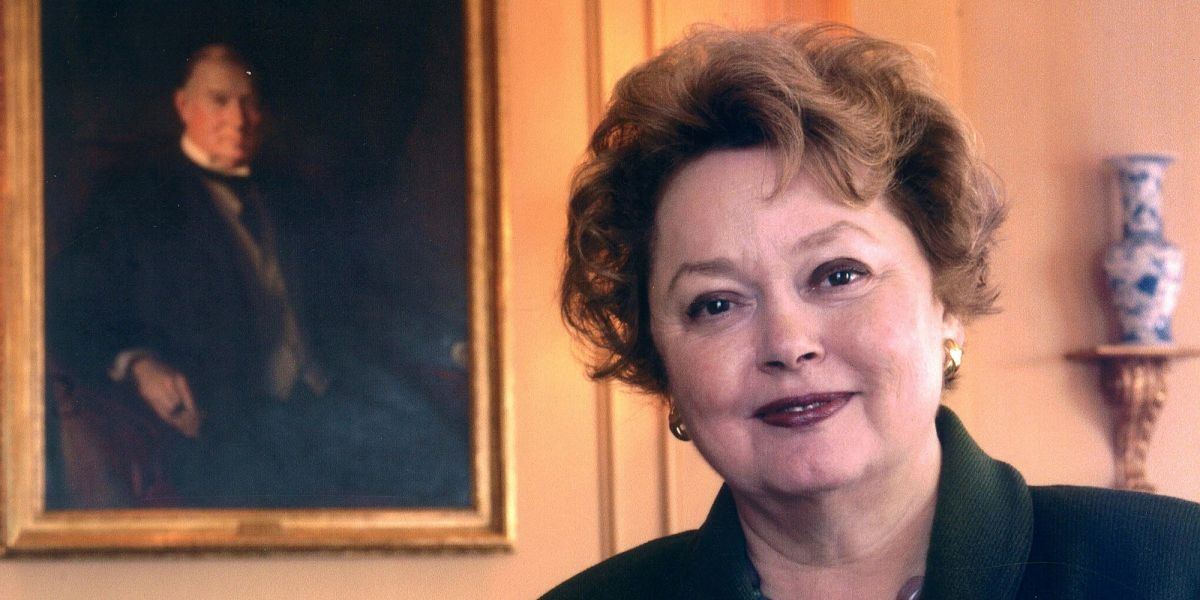
Welcoming Our First Female CEO
Elizabeth Locke becomes the Endowment’s first and only woman chief executive.

Shifting Our Focus for Greater Effectiveness
The Endowment shifts its grantmaking focus toward cross-program grants and special programs; only 12 percent of grants fund brick-and-mortar projects.

Serving “Vulnerable Children”
The Endowment updates its definition of “orphan” to reflect support for more inclusive programs serving vulnerable children.

Requiring National Accreditation
The Endowment requires children’s homes and adoption agencies to be nationally accredited.

Relocating to Charlotte
The Rural Church program area relocates its base of operations from Durham to Charlotte.
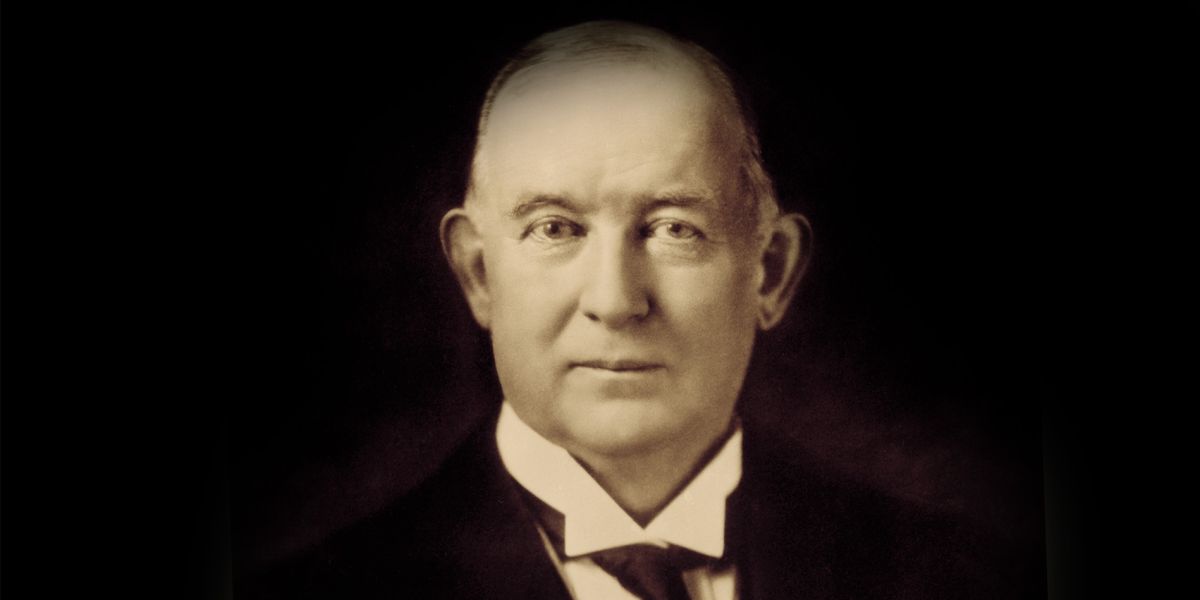
Surpassing $2 Billion in Grants Distributed
In 2004, the Endowment exceeds $2 billion in total grants distributed since its inception 80 years earlier. Grantmaking includes several large, multi-year commitments, including $12 million to Duke University Divinity School to assess and improve the health of United Methodist clergy in North Carolina.
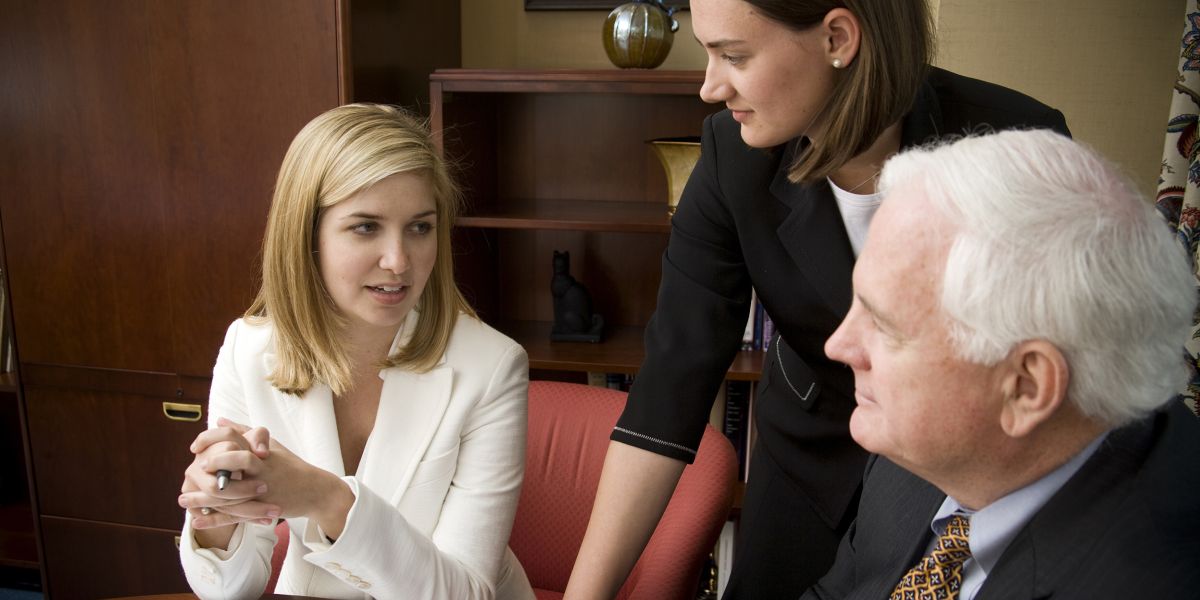
Cultivating Future Leaders
The Endowment’s Fellowship program begins, allowing emerging leaders to learn about philanthropy.
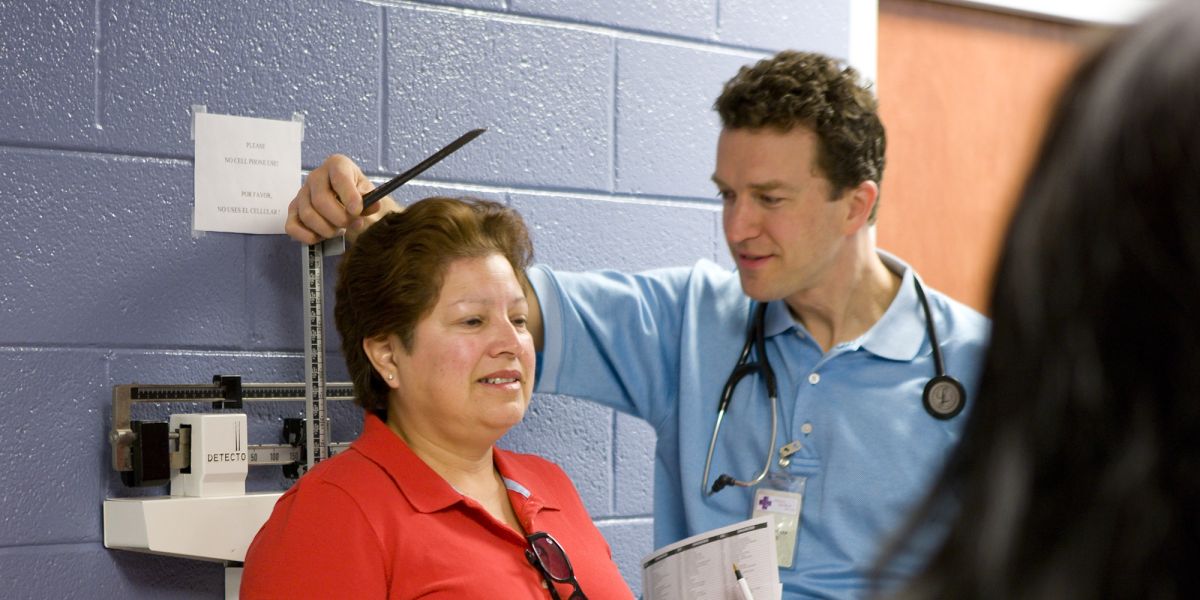
Pursuing More Holistic Approaches
Free Days of Care – reimbursements to hospitals for providing free care to the poor – transitions to support for community-based networks for low-income and uninsured residents.
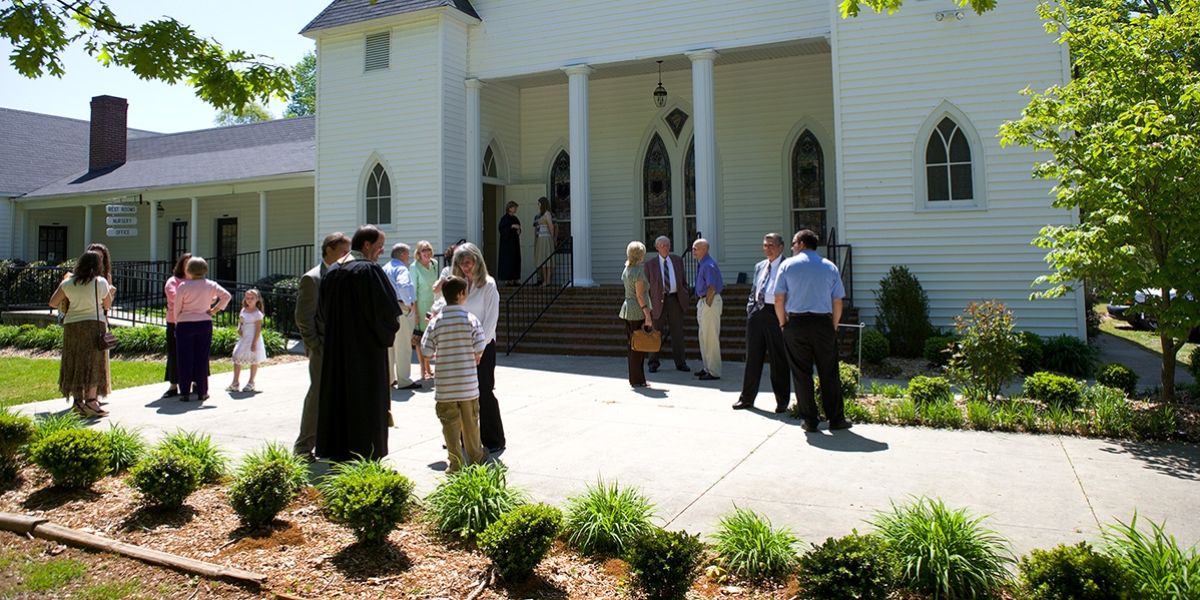
Serving Rural Communities and Clergy
Rural Church launches its Thriving Rural Communities Initiative, aimed at preparing clergy for service in rural churches and strengthening these churches for community leadership roles.
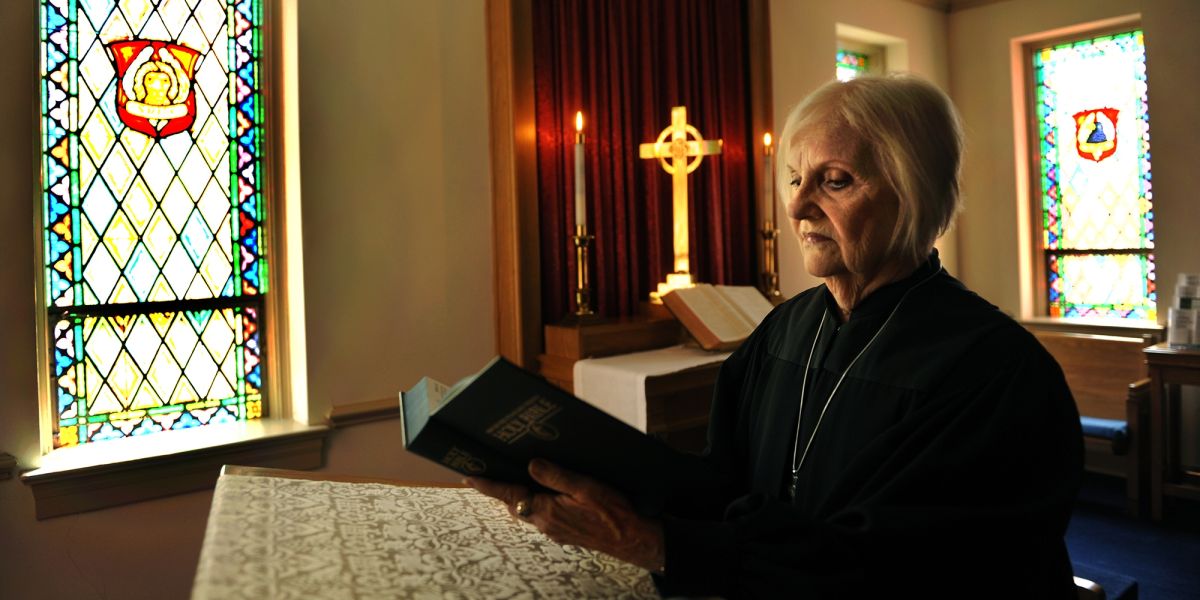
Addressing Clergy Health
Amid growing concerns about clergy well-being, The Duke Endowment awards a $12 million grant to Duke Divinity School to kick-start a seven-year effort to assess the overall health of United Methodist pastors in North Carolina and to develop a program that meets their needs. Spirited Life, a wellness intervention and holistic health study, will grow from that initiative.
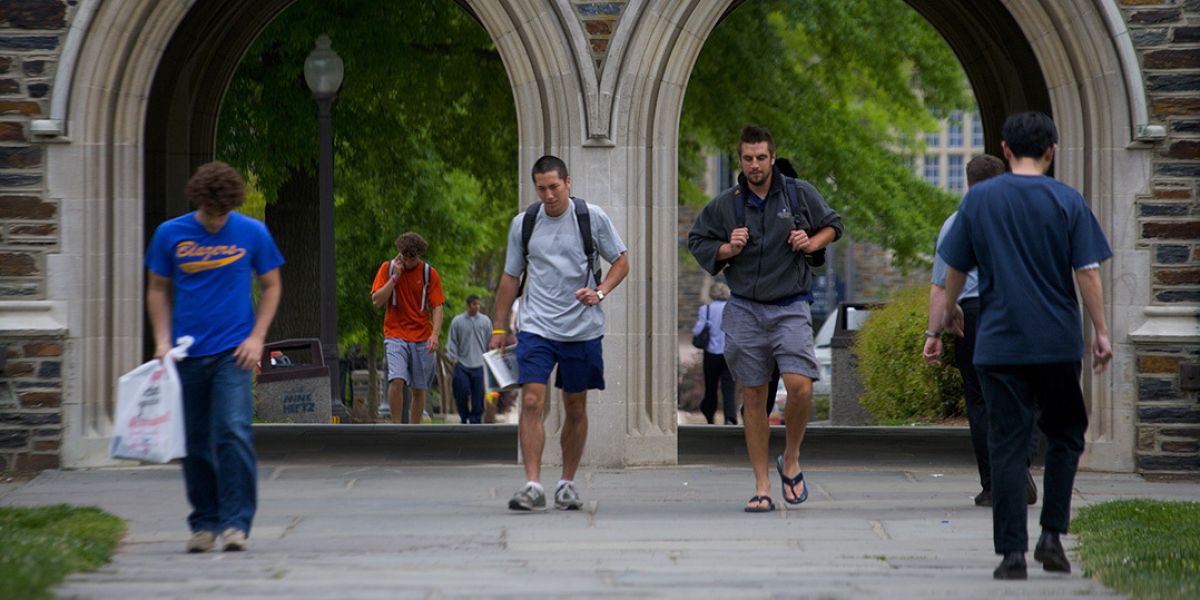
Helping Students Be Successful
A $75 million grant to Duke University supports financial aid for students.

Expanding Nurse-Family Partnership
Nurse-Family Partnership expands in North Carolina and South Carolina through grants from The Duke Endowment and other private and public funders. The $45 million, seven-year effort is launched in 2008.

Supporting New Parents through Family Connects
The Family Connects International model is an evidence-based and successfully demonstrated program that connects parents of newborns to the community resources they need. The first version was piloted as Durham Connects in 2008. In 2022, Duke University created Family Connects International to coordinate the research, policy and implementation of the model nationally.
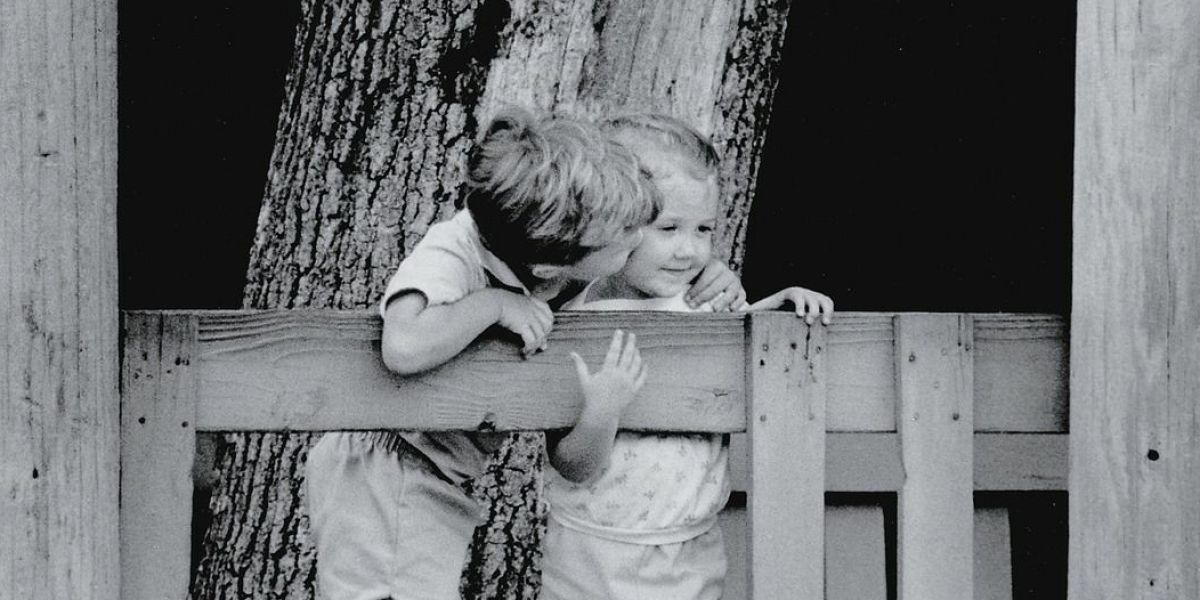
Investing in Children's Homes
Orphan and half-orphan programs are discontinued; resources shift to building the capacity of high-performing children’s homes.
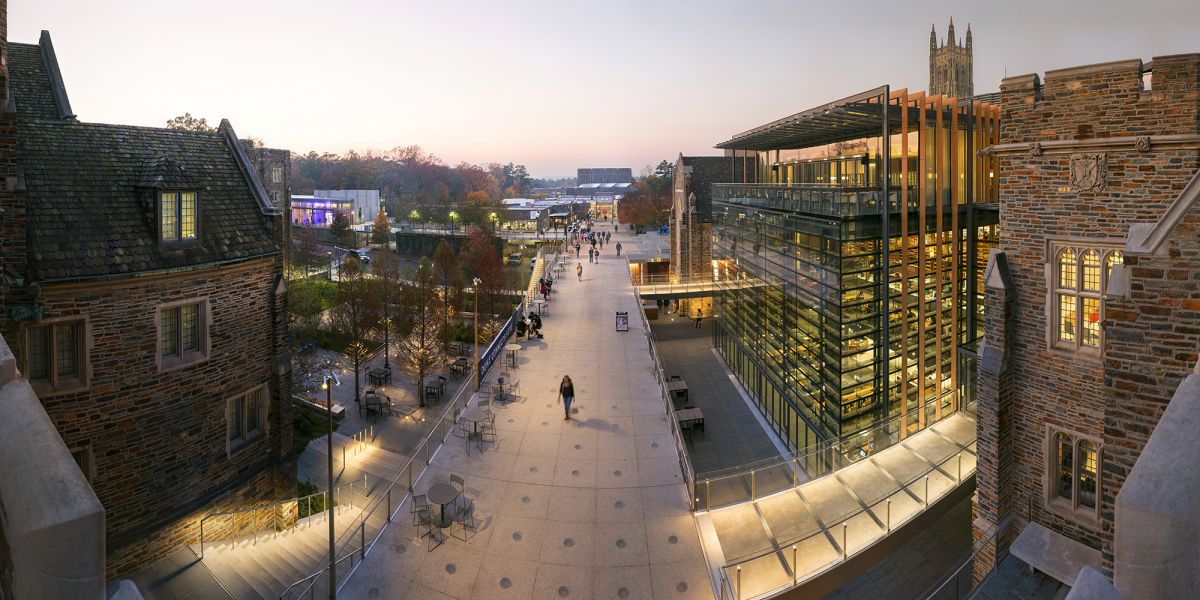
Duke University Receives $80 million for Renovations
The gift — the largest in Duke history — supports renovating West Union and Page and Baldwin Auditoriums.
Photo courtesy of Duke University Photography.
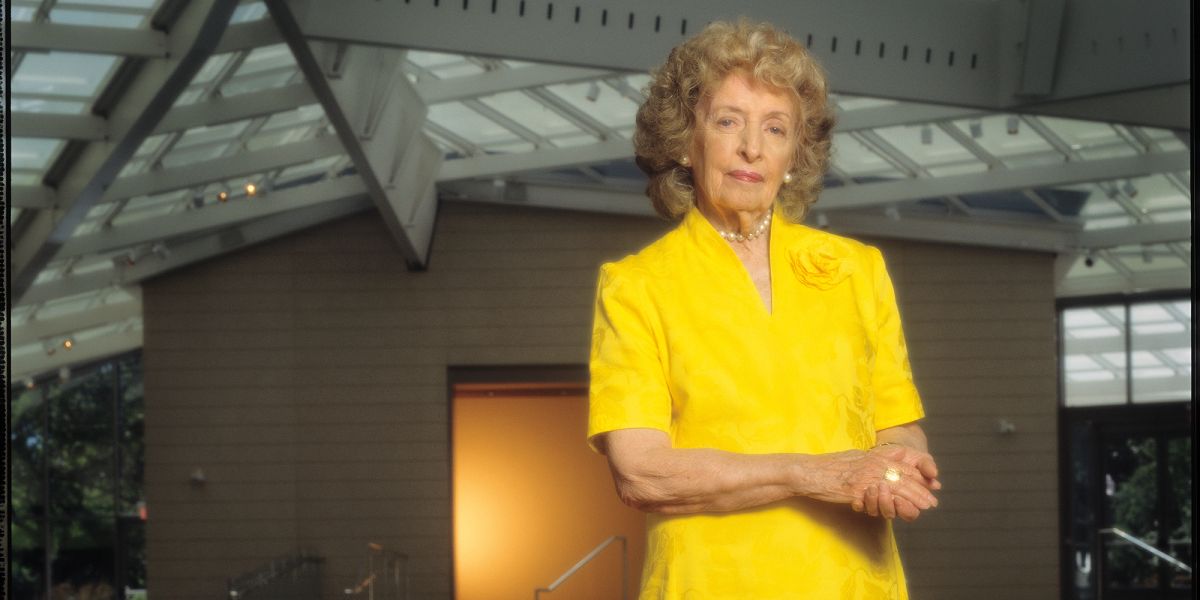
Mary D. B. T. Semans 1920–2012
Granddaughter of Ben Duke, Mary D.B.T. Semans continued the family’s charitable legacy by serving as an Endowment Trustee for 55 years and the first female Chair. She served as a Trustee for numerous institutions, including Duke University and the Mary Duke Biddle Foundation. Mrs. Semans received the Duke University Medal for Distinguished Meritorious Service; the National Brotherhood Award from the National Conference of Christians and Jews; and the John Tyler Caldwell Award for the Humanities. She was a 2009 inductee in the North Carolina Women’s Hall of Fame. Mrs. Semans was Chair of The Duke Endowment’s Board from 1982 to 2001 and Chair Emerita 2002 until her death in 2012.

$3 Billion in Grants Distributed
The Duke Endowment surpasses the $3 billion mark in grants distributed since inception.

Summer Literacy Programs
The Endowment launches an effort to engage rural churches in a summer learning intervention to improve literacy among elementary school students in their communities. Piloted in 2013, the program serves nearly 1,000 students by 2021.
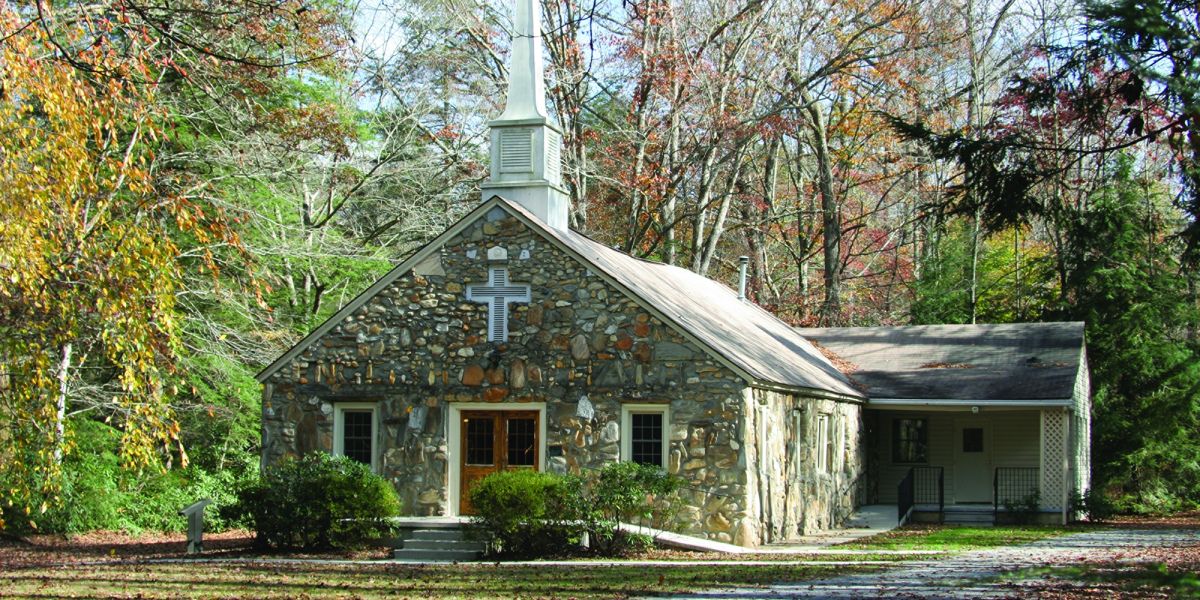
Expanding the Definition of “Rural”
The definition of “rural” expands to include Rural-Urban Commuting Area (RUCA) codes, opening support for churches in areas where a small portion of the population might interact with a nearby metro area.

Improving Literacy During Summer Break
The Rural Church Summer Literacy Initiative begins with a one-year grant to Monticello United Methodist Church in Iredell County.

Grounded in Community: New Headquarters
The Endowment’s first standalone headquarters opens in August in Charlotte with meeting space on the first floor and two levels of office space for staff. Neighbors, grantees and other partners help us celebrate this important milestone in Mr. Duke’s legacy.

Blue Meridian Partners
The Endowment’s Board agrees to join Blue Meridian Partners, a pioneering philanthropic model that finds and funds scalable solutions to problems that limit economic mobility and trap America’s young people and families in poverty.

Focus on Well-Being
The Duke Endowment announces its Healthy People, Healthy Carolinas initiative aimed at taking a community-based approach to addressing chronic health issues such as obesity, diabetes and heart disease.
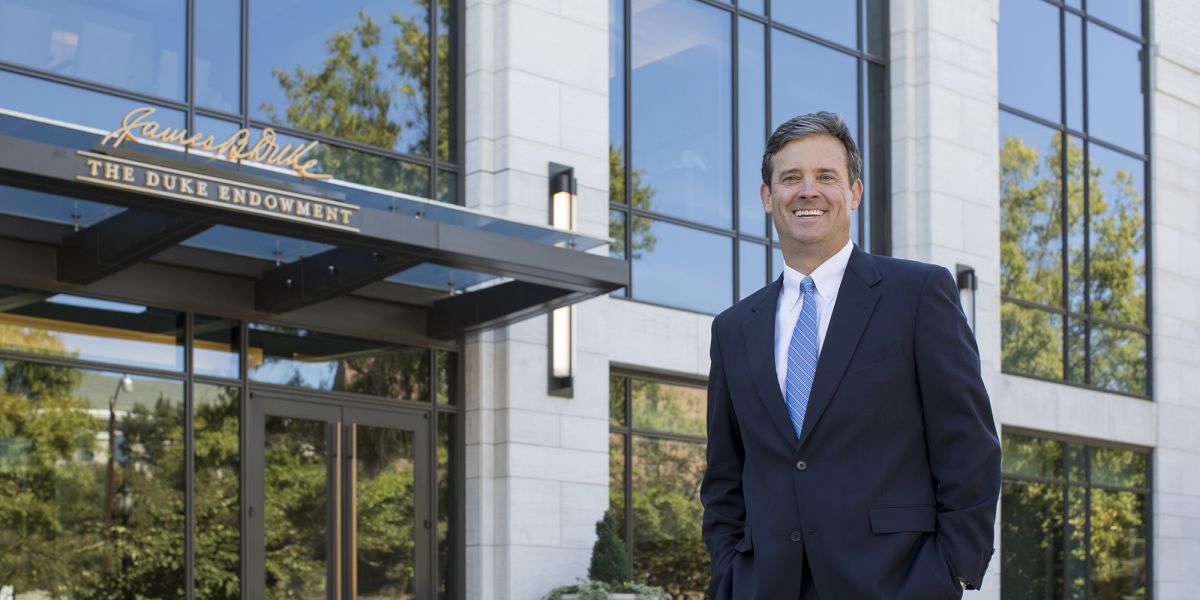
Welcoming Our New President
Rhett Mabry, a longtime staff member of the Endowment, becomes President, succeeding Gene Cochrane.
Expanding the Nurse-Family Partnership
A major “Pay for Success” project is announced, with the goal of expanding the Nurse-Family Partnership program in South Carolina to serve 3,200 additional first-time mothers and their babies, through private investment funds.
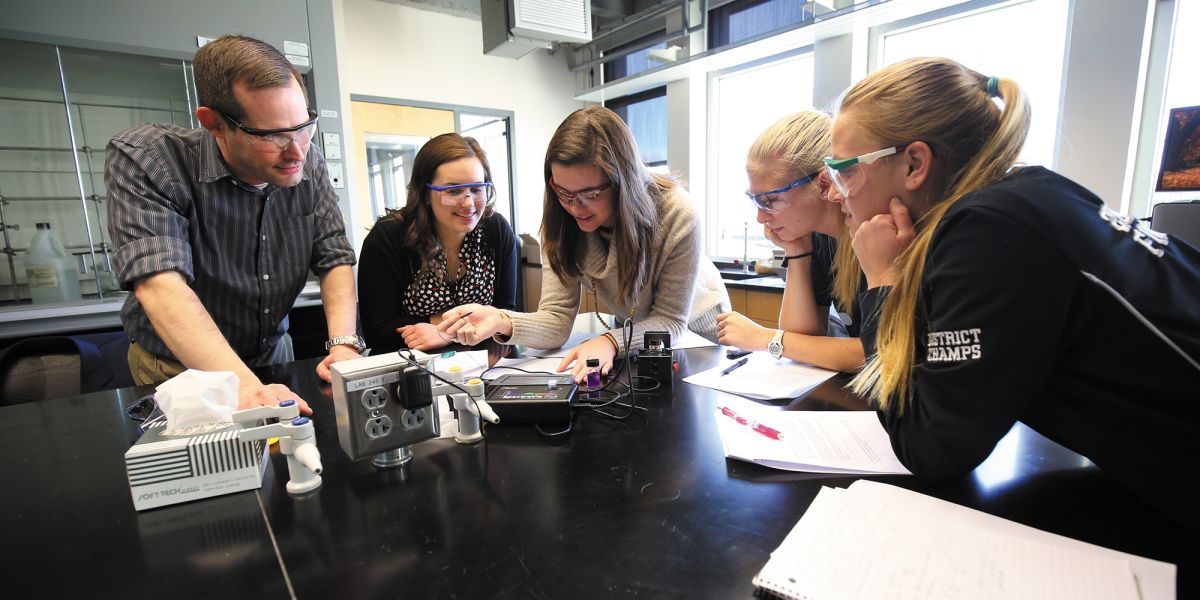
The Furman Advantage
At Furman University, the Furman Advantage launches with $47 million from The Duke Endowment. It combines a liberal arts education with immersive experiences outside the classroom, creating a personalized pathway that prepares students for lives of purpose, successful careers, and community benefit.
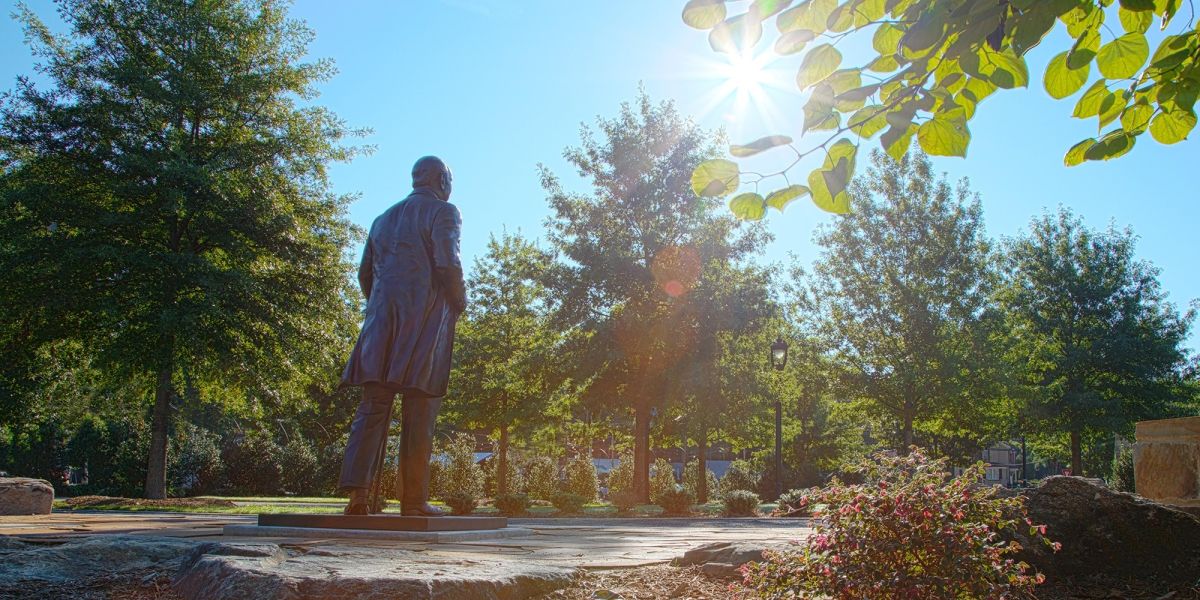
Philanthropic Approach
The Endowment’s program areas begin to review their grantmaking strategies, seeking input from grantees and others, and making necessary revisions. The goal is to have greater clarity about our work and its impact.

A New Strategic Emphasis
Approved by Trustees in 2017, The Duke Endowment announces a strategic emphasis on early childhood issues. This Zero to Eight emphasis reinforces the Endowment’s belief that a good beginning for children bodes well for their lives as adults and for their communities.

Get Ready Guilford
Through the Get Ready Guilford Initiative, The Duke Endowment is spearheading a multi-year strategy to improve and equalize opportunity in Guilford County, North Carolina, by making large, targeted investments in children and their caregivers.

Focusing on Oral Health
Oral health becomes an area of focus in Health Care, with efforts directed toward expanding school-based oral health programs, supporting medical-dental integration models and advocating for evidence-informed oral health policy changes.

$4 billion in Grants Distributed
The Duke Endowment has awarded more than $4 billion in grants since its inception, including over $1.5 billion to Duke University. With assets of $4.7 billion at the end of 2020, it is one of the nation’s largest private foundations.

Roots for Growth
Amid social distancing and social unrest, the Endowment begins to take a deeper look at its grantmaking and organizational culture, reviewing its work through a racial equity, diversity and inclusion lens. Our leaders believe this is essential to achieving greatest impact in the Carolinas.

Responding to the COVID-19 Crisis
Throughout the coronavirus pandemic, the Endowment helps organizations in North Carolina and South Carolina address critical community needs with grants totaling more than $35 million. The funding is aimed at providing services and resources for demographic groups that have been disproportionately affected by the crisis.
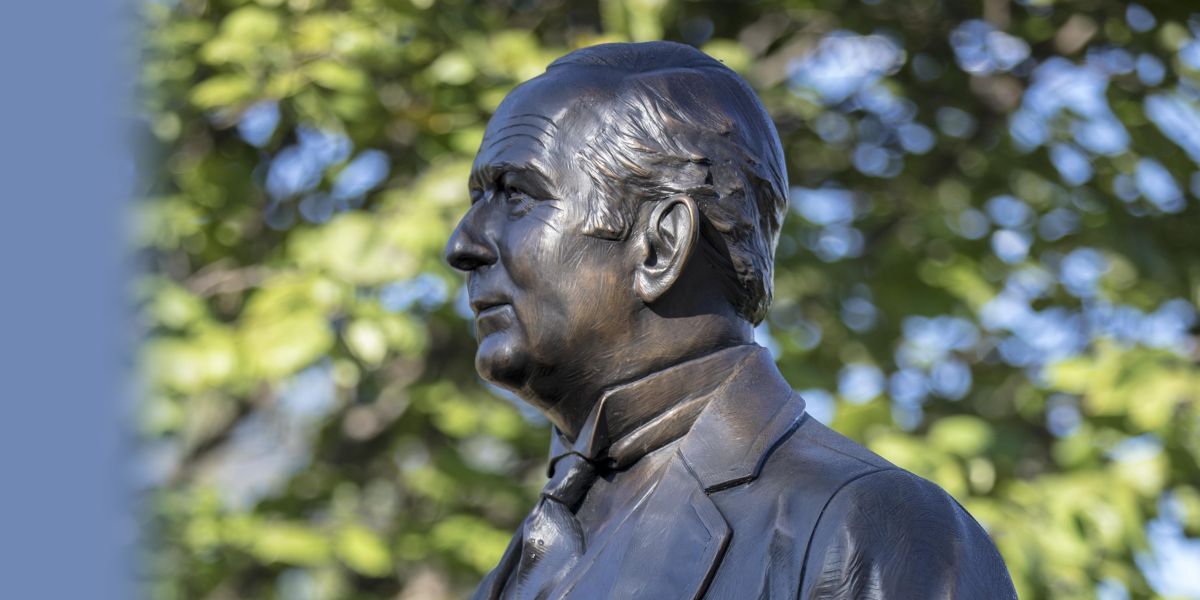
Looking Ahead
As we look ahead to the Endowment’s 100-year celebration in 2024, we are committed to pursuing our mission to strengthen lives and communities in the Carolinas.
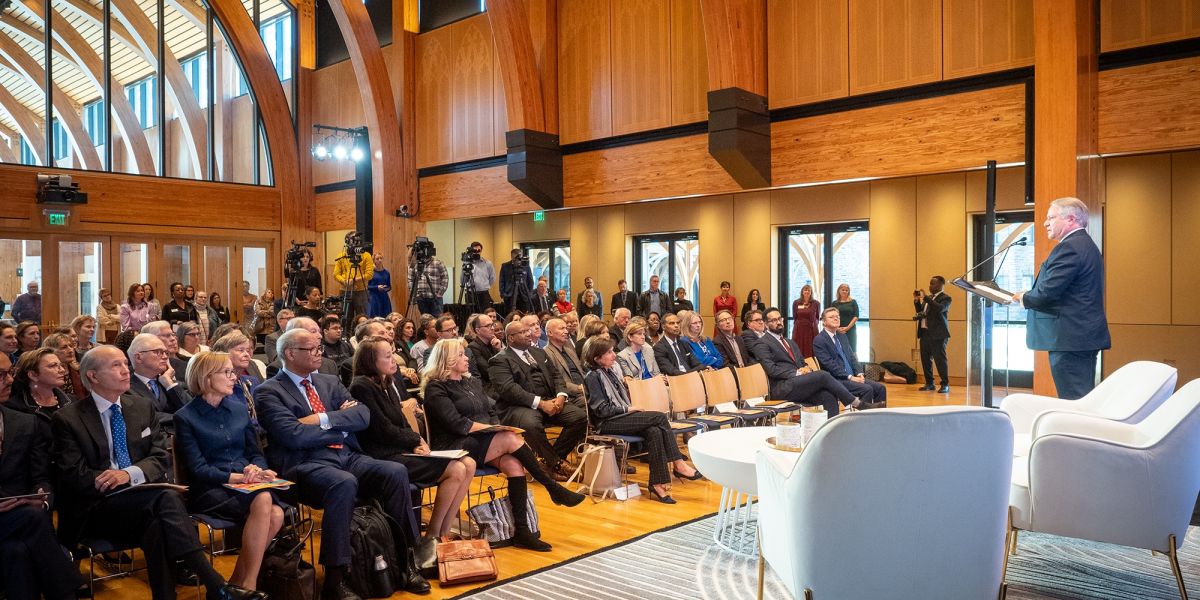
Kicking Off Our Centennial Anniversary
The Endowment and Duke University kick off a year-long celebration of their shared centennial with an event at the Durham campus that brings the boards of both institutions together. The Endowment announces a $100 million centennial gift to the Duke, the largest single award in the University’s history.
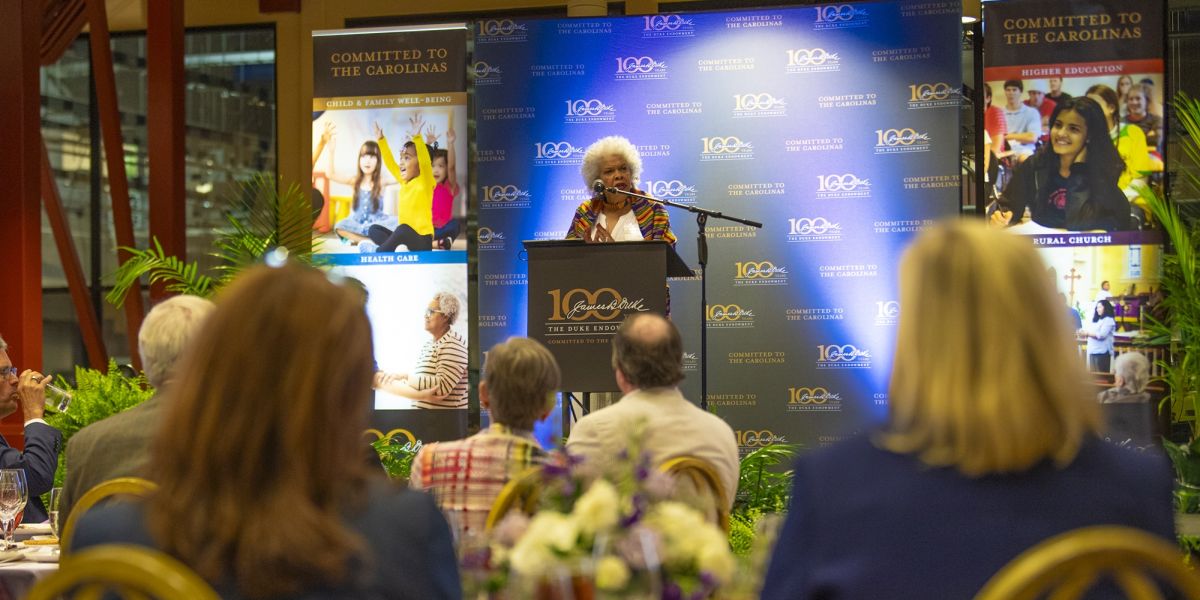
Celebrating 100 Years
The Endowment celebrates its centennial with a year-long series of regional community celebrations across North Carolina and South Carolina. Trustees approve $25 million each in centennial grants to Davidson College, Furman University and Johnson C. Smith University. On the Endowment’s 100th anniversary, its Trustees announced their intent to distribute up to $5 billion in grants across the Carolinas over the next 15 years.
